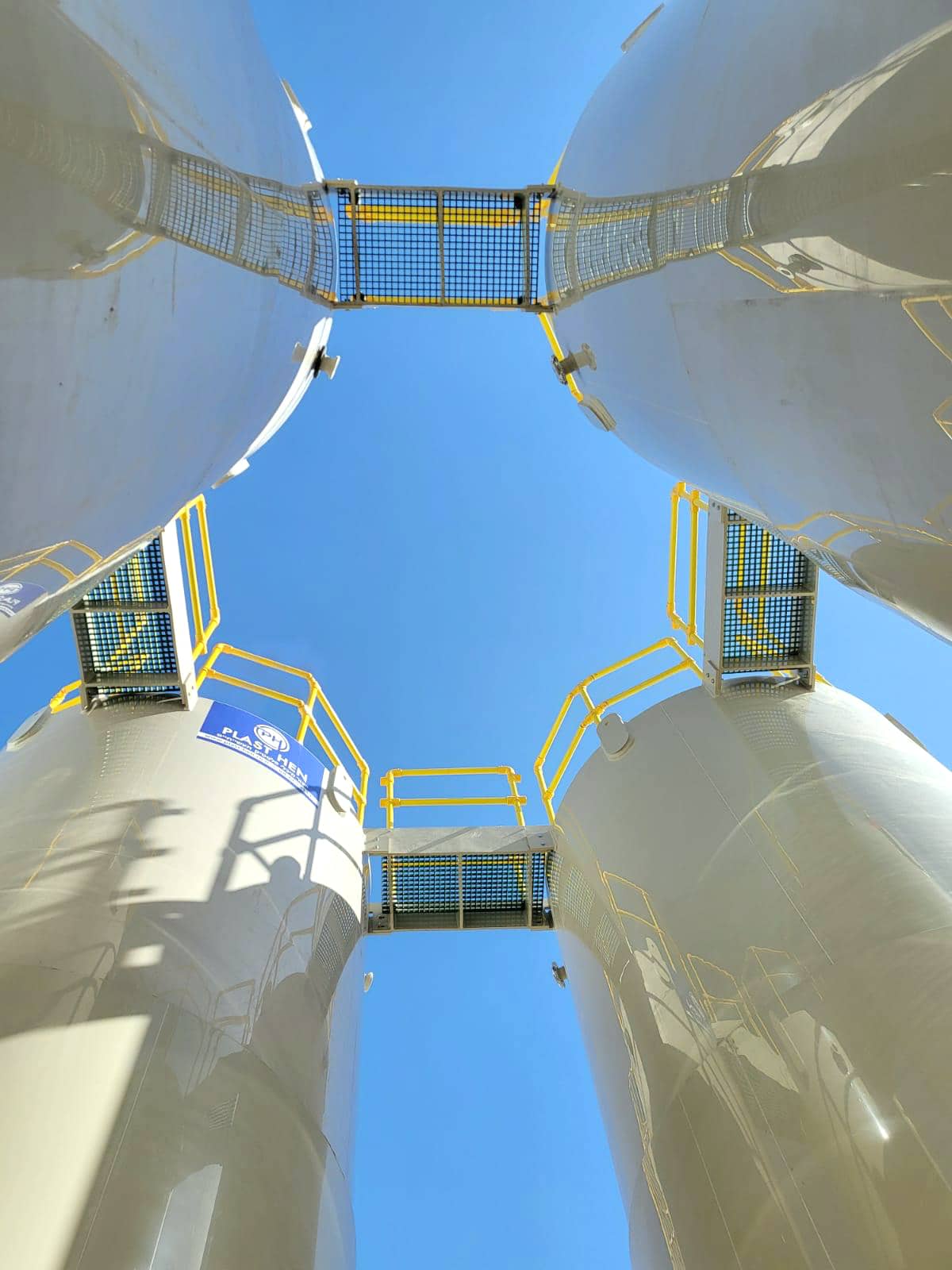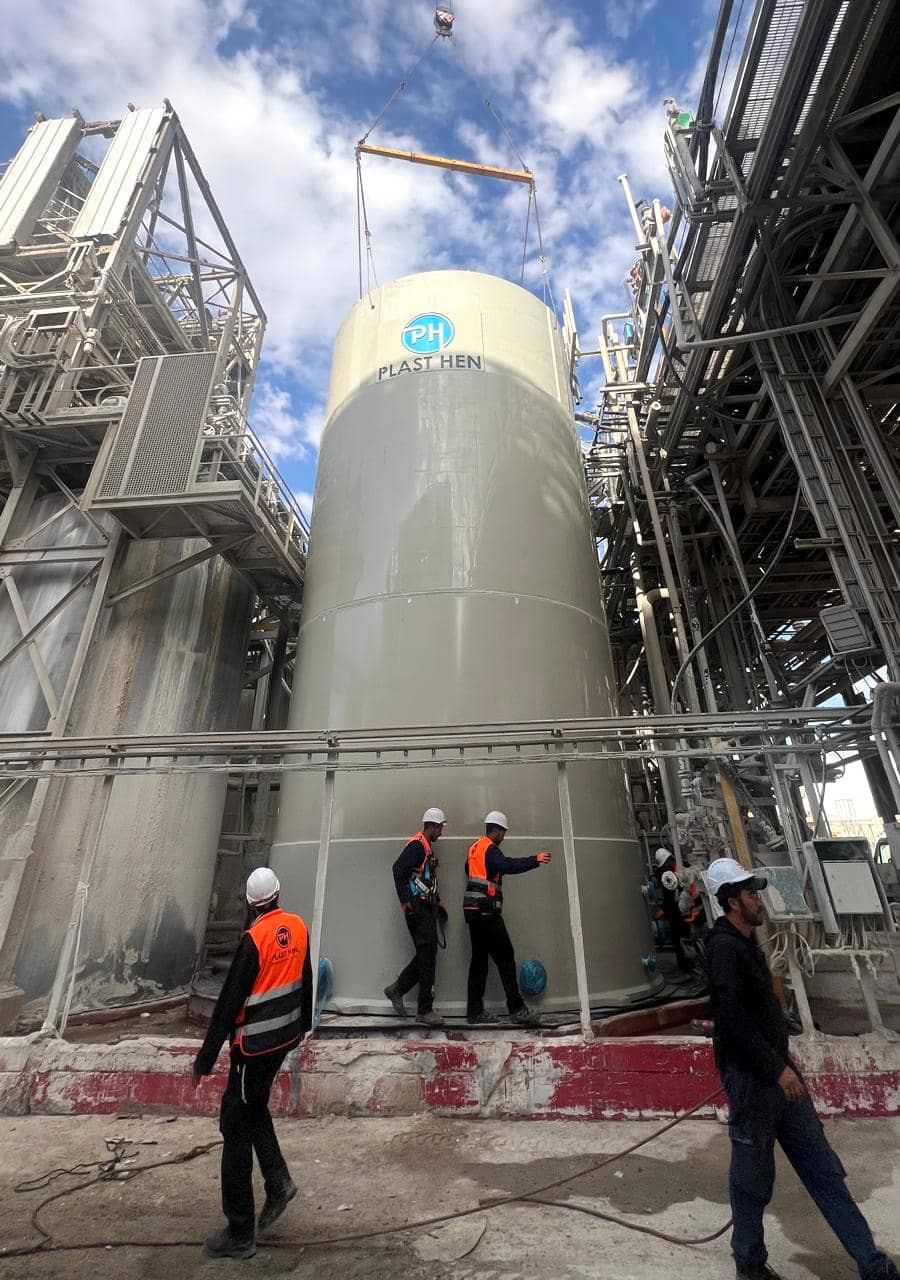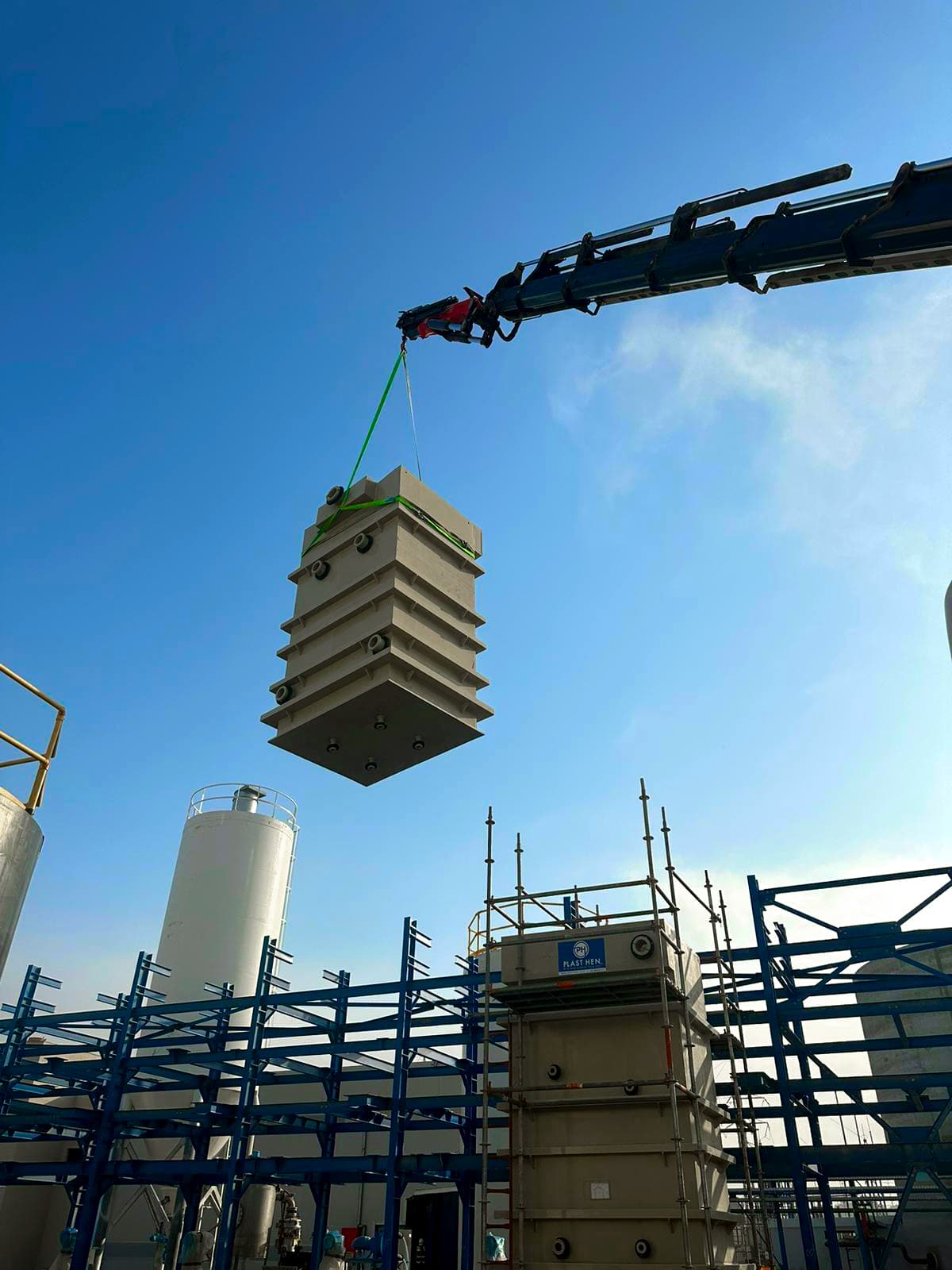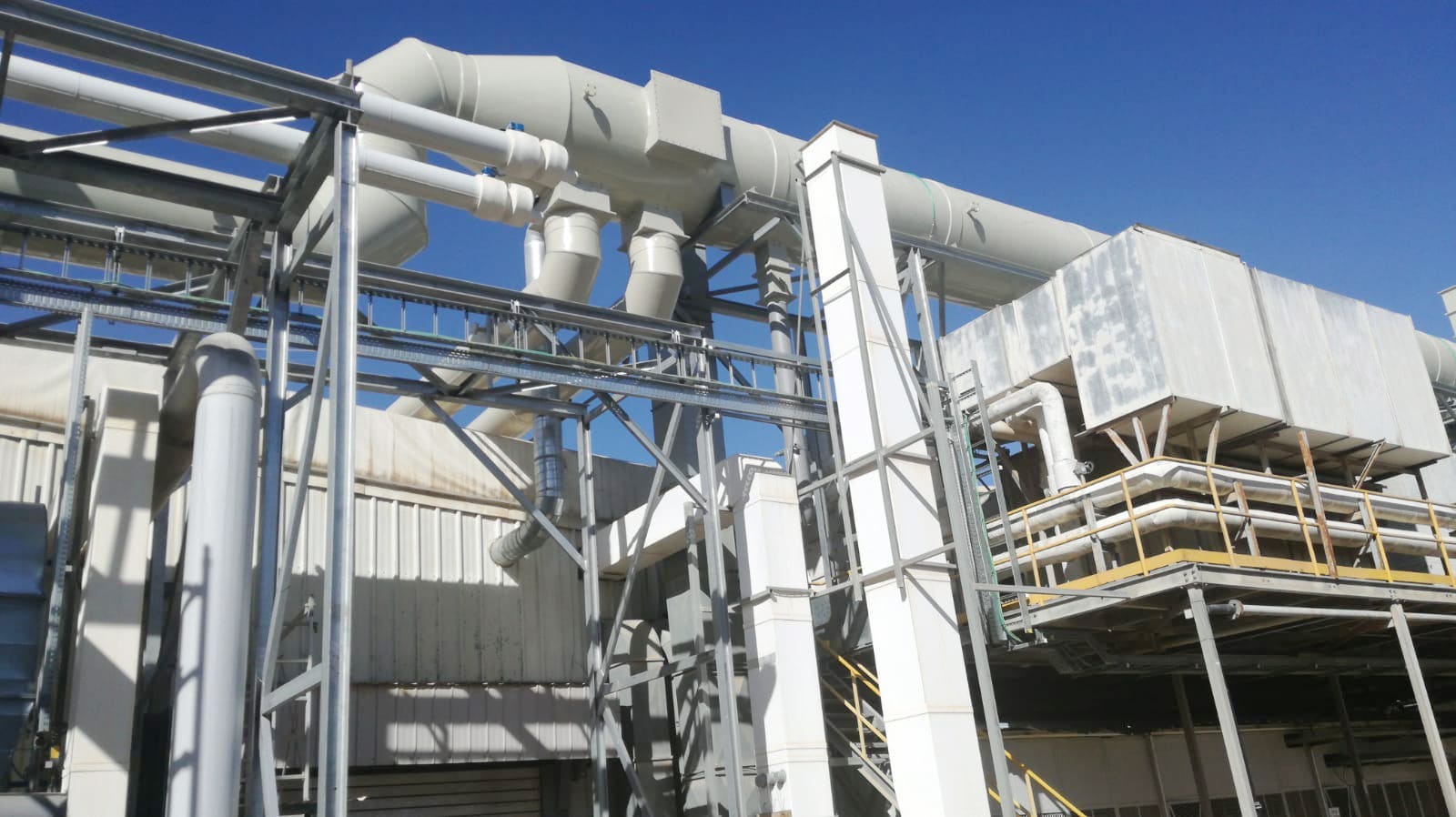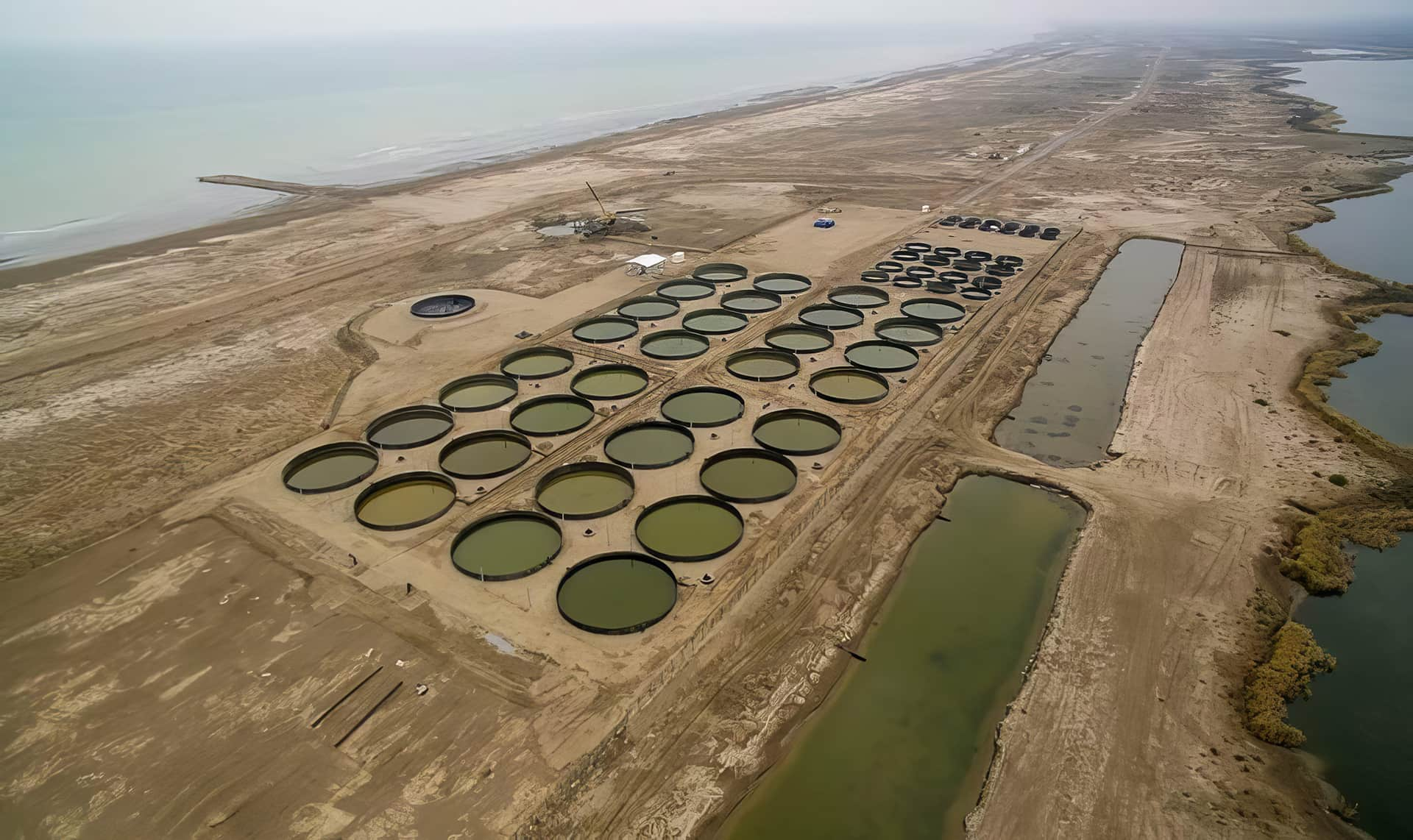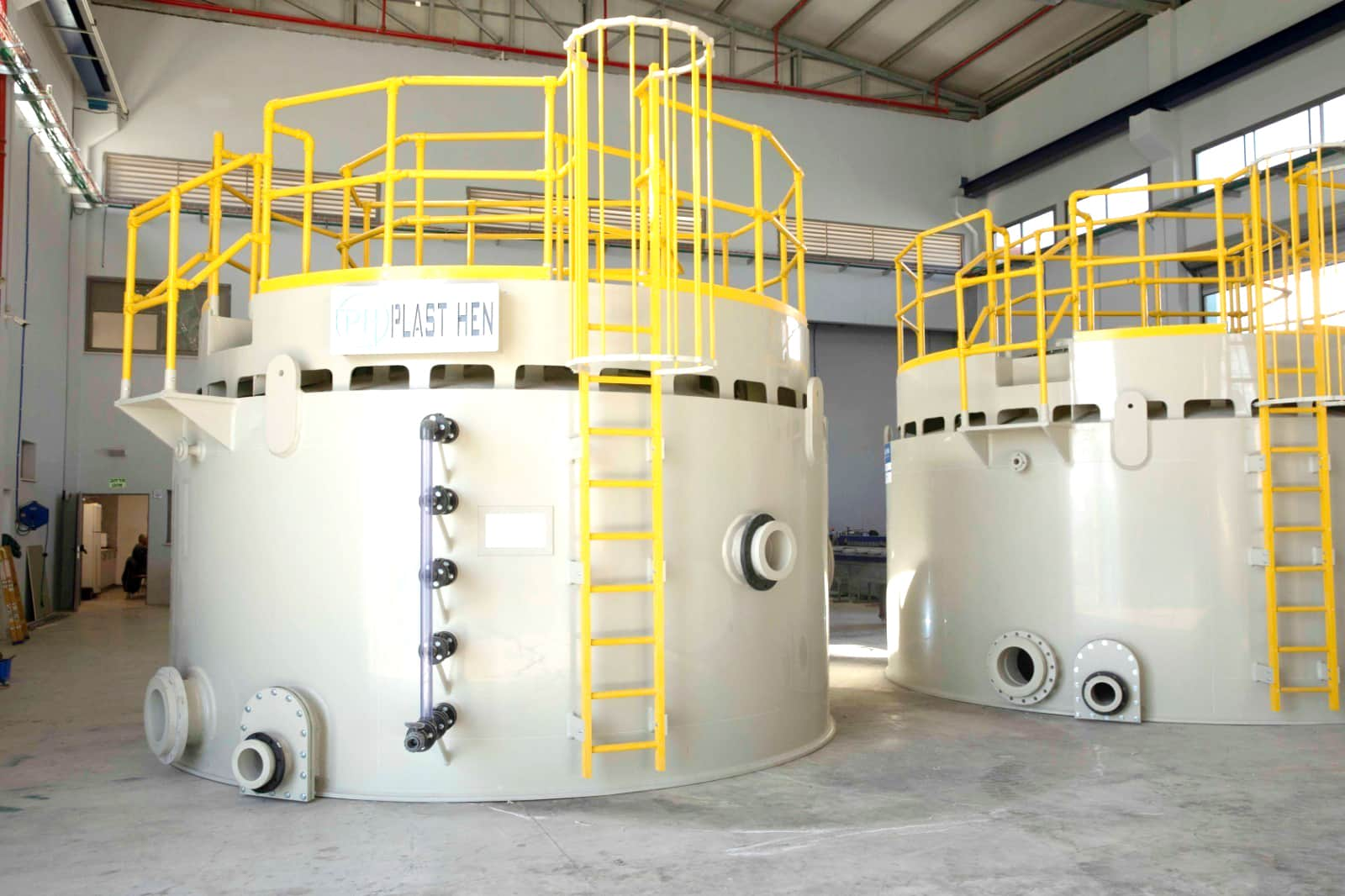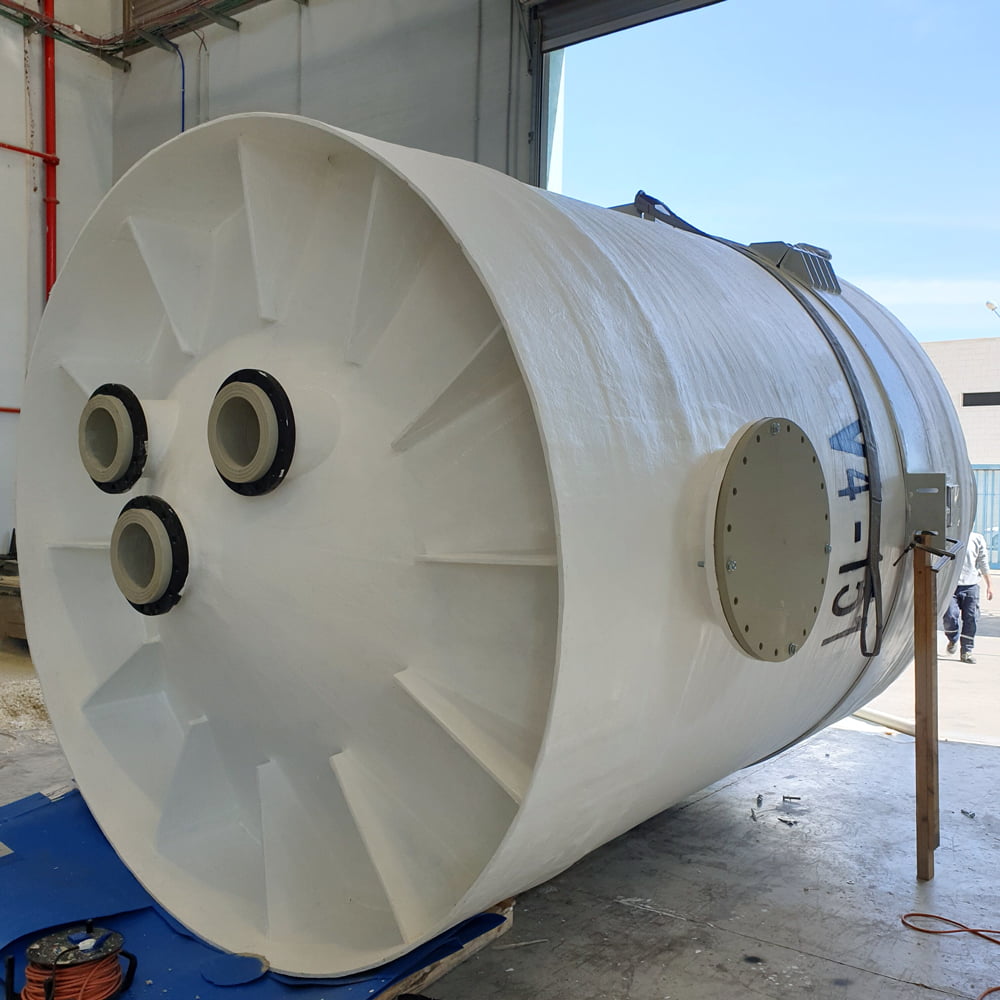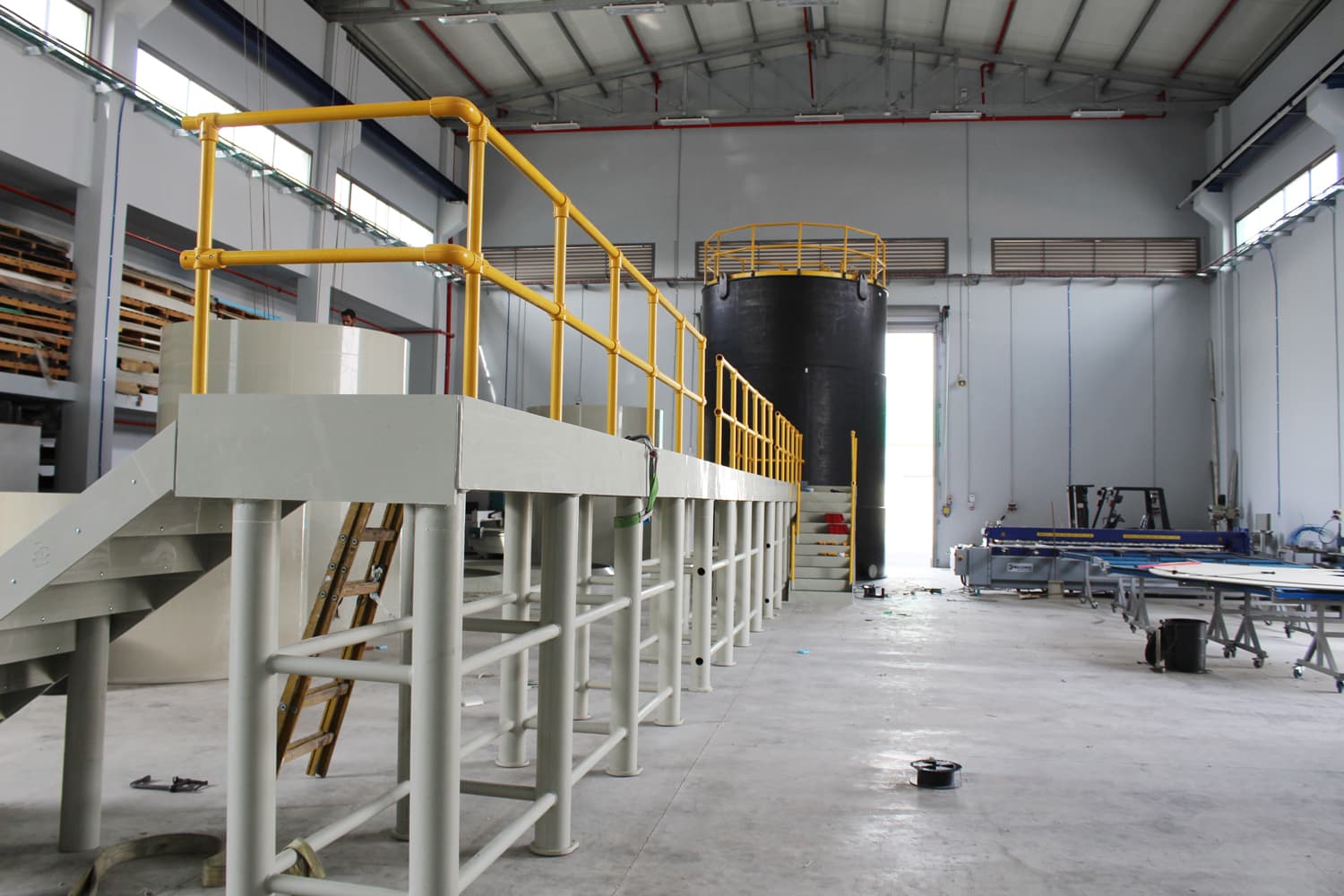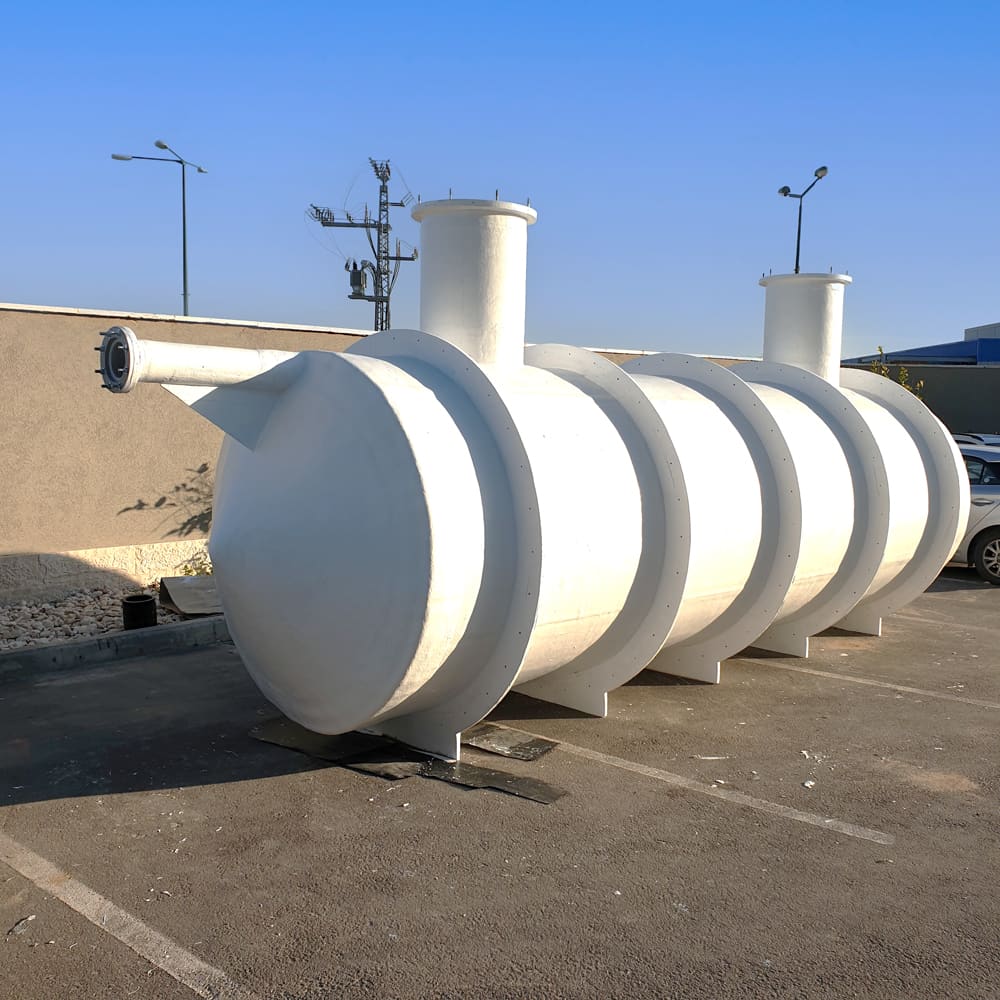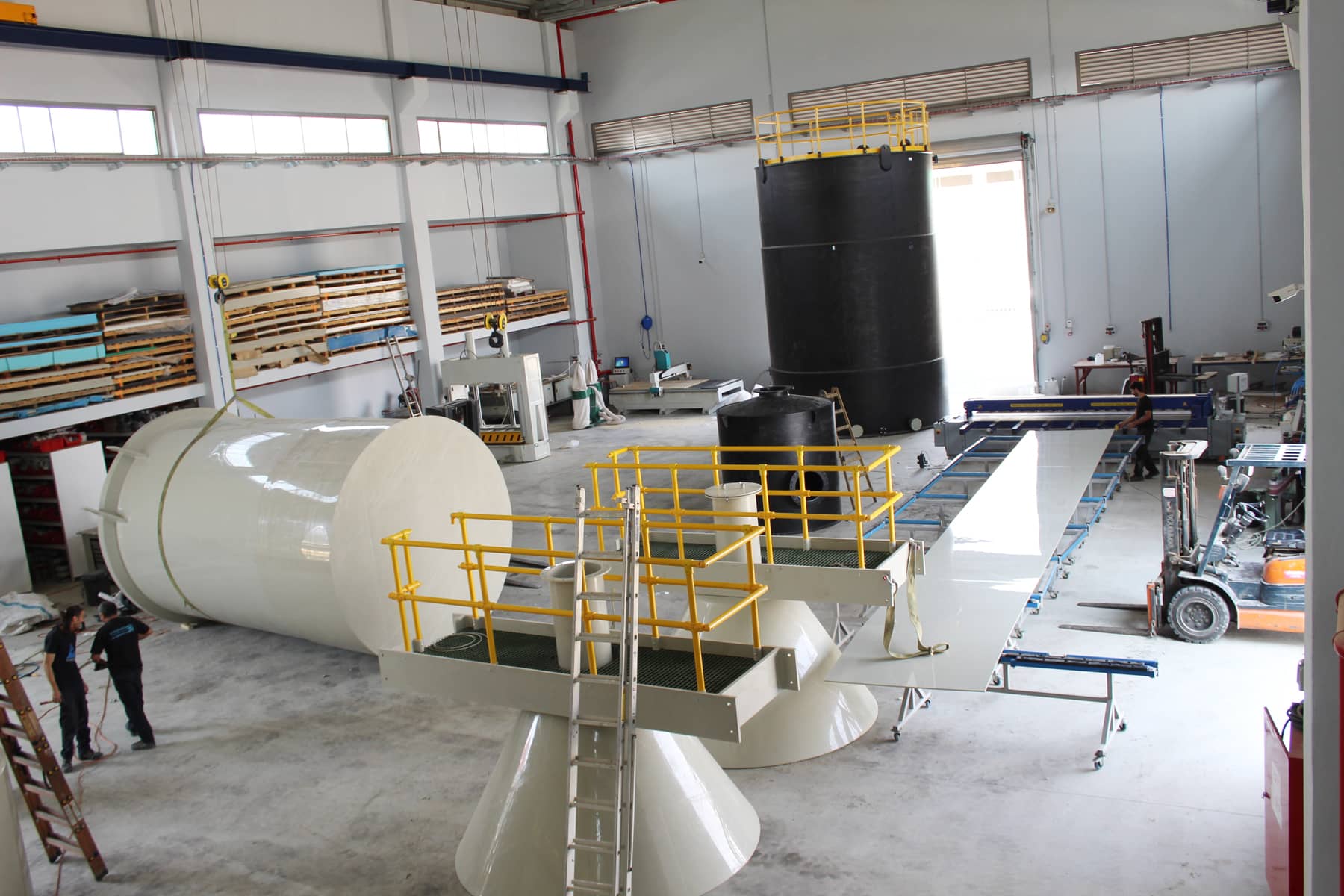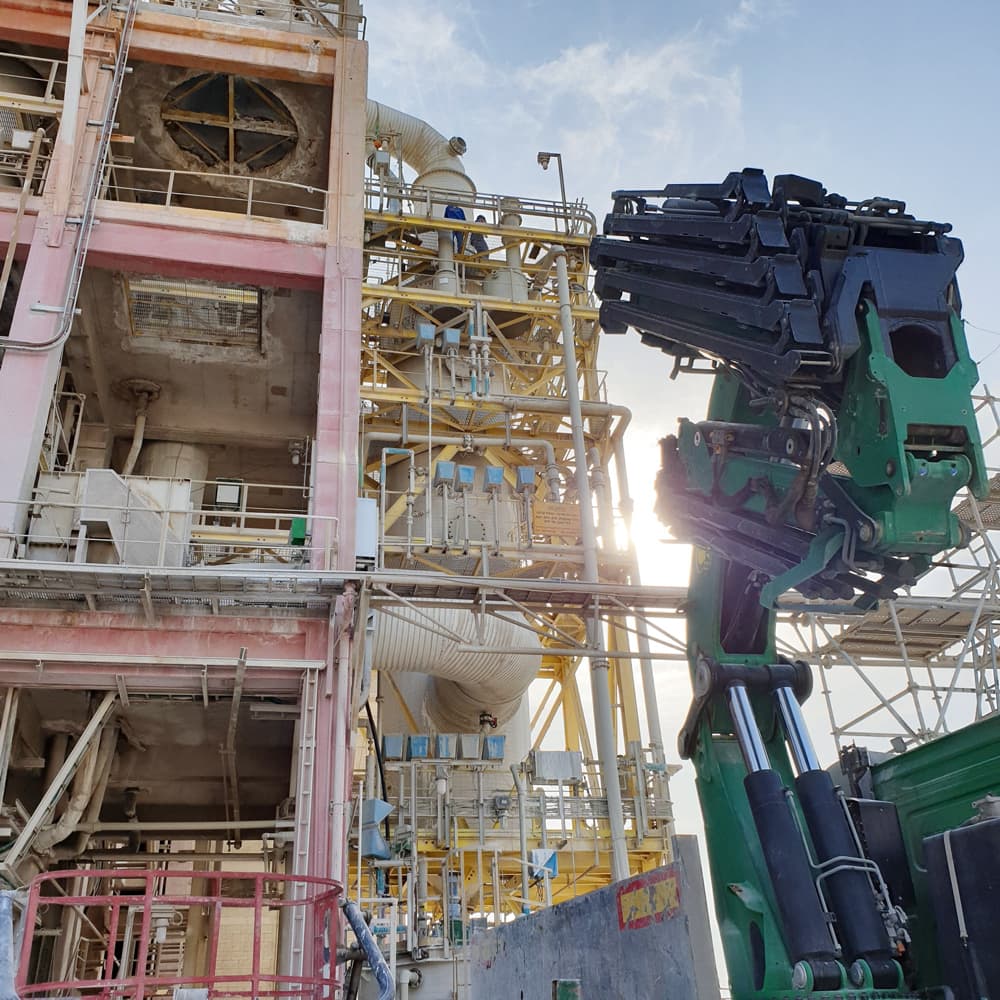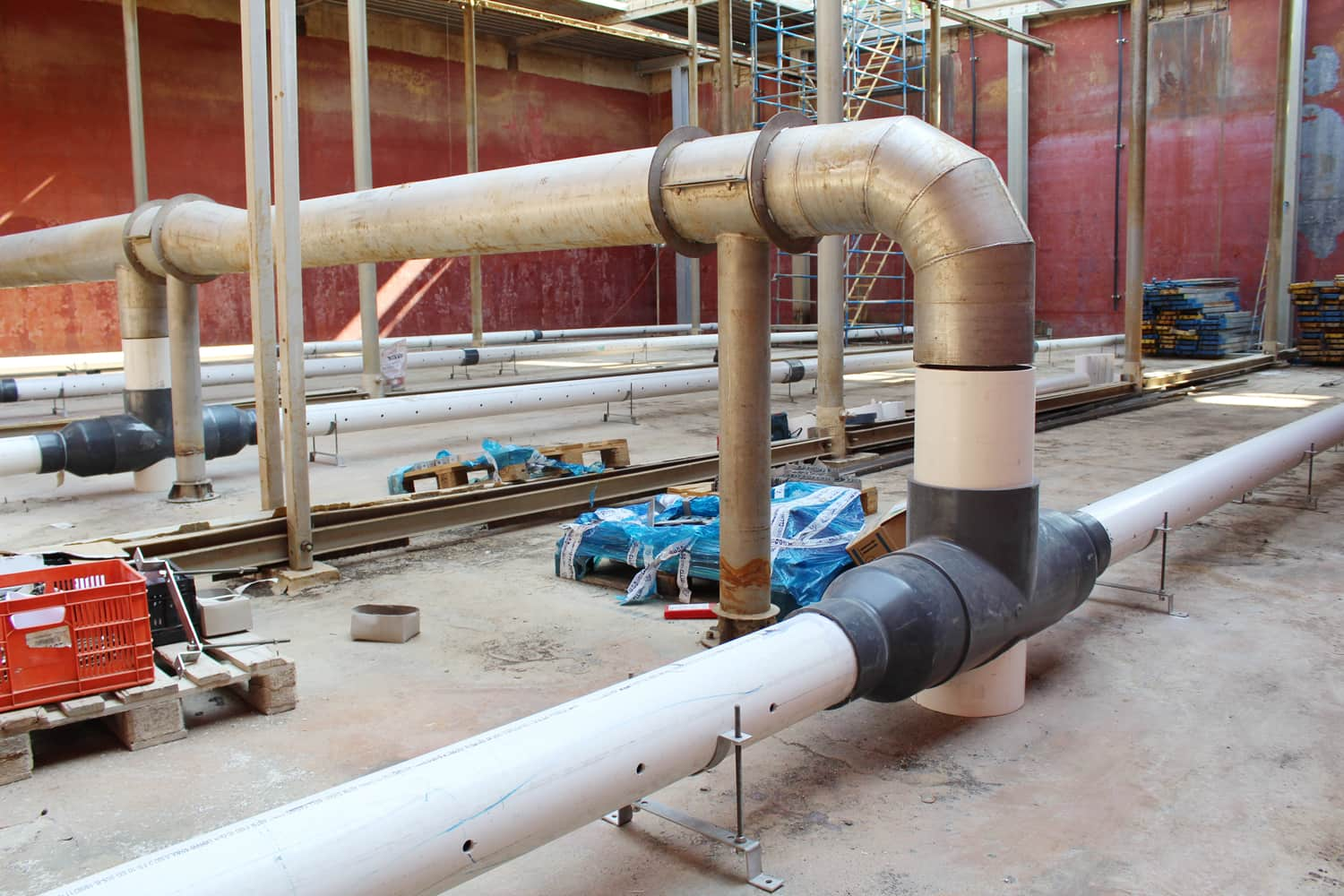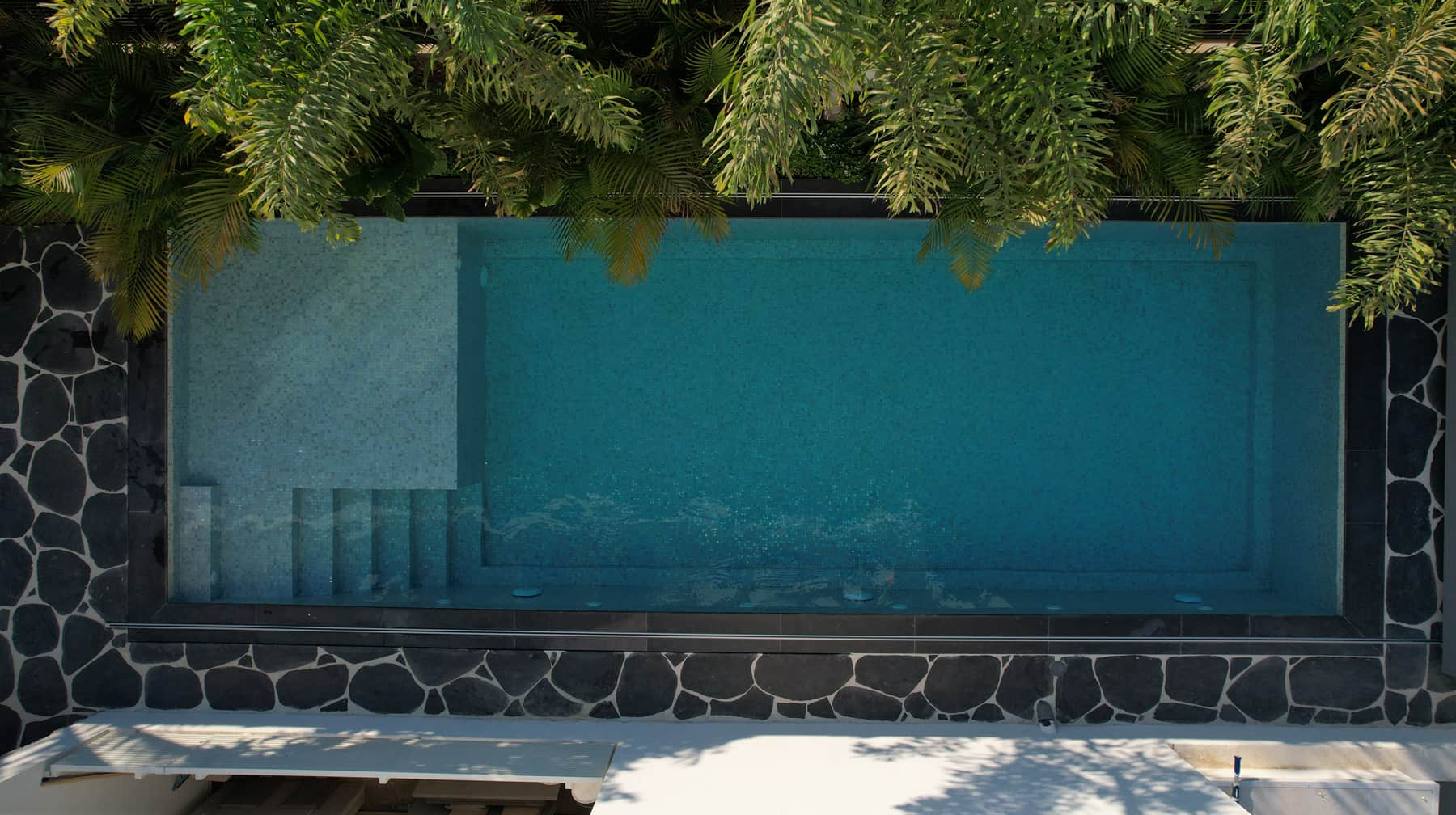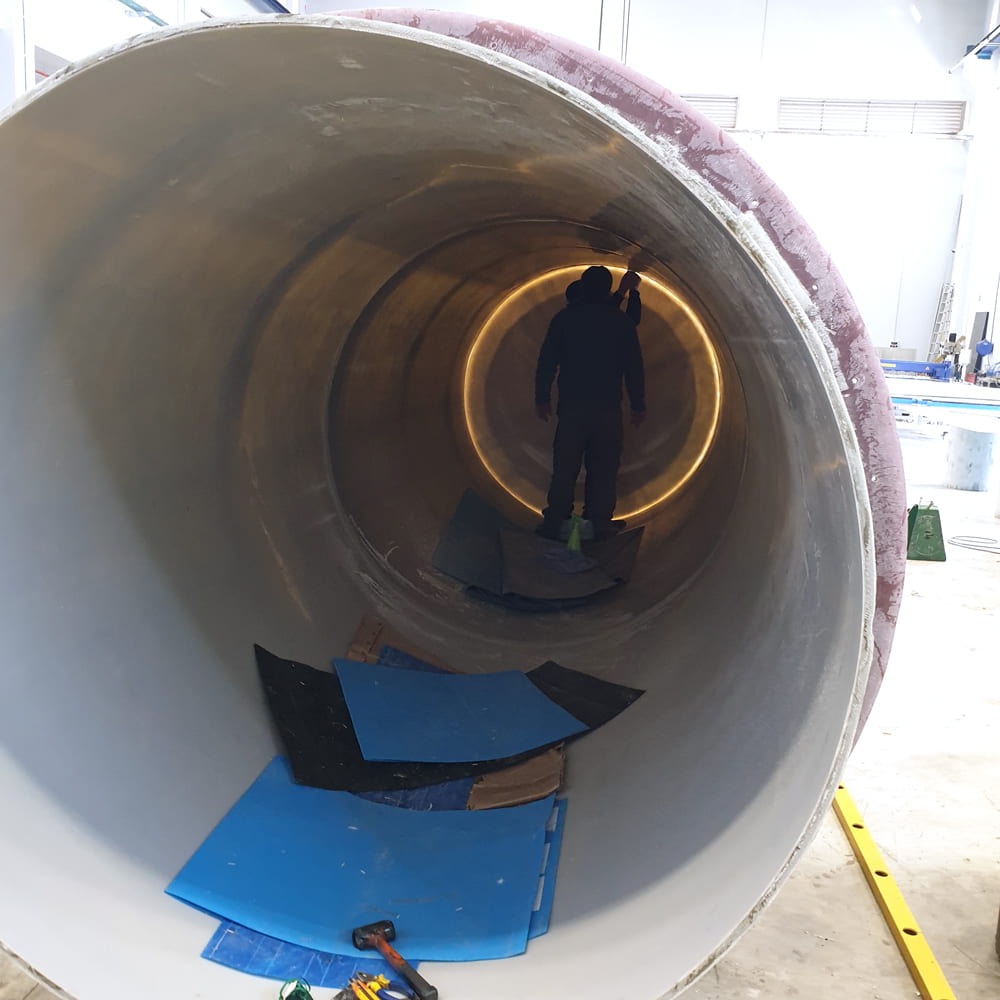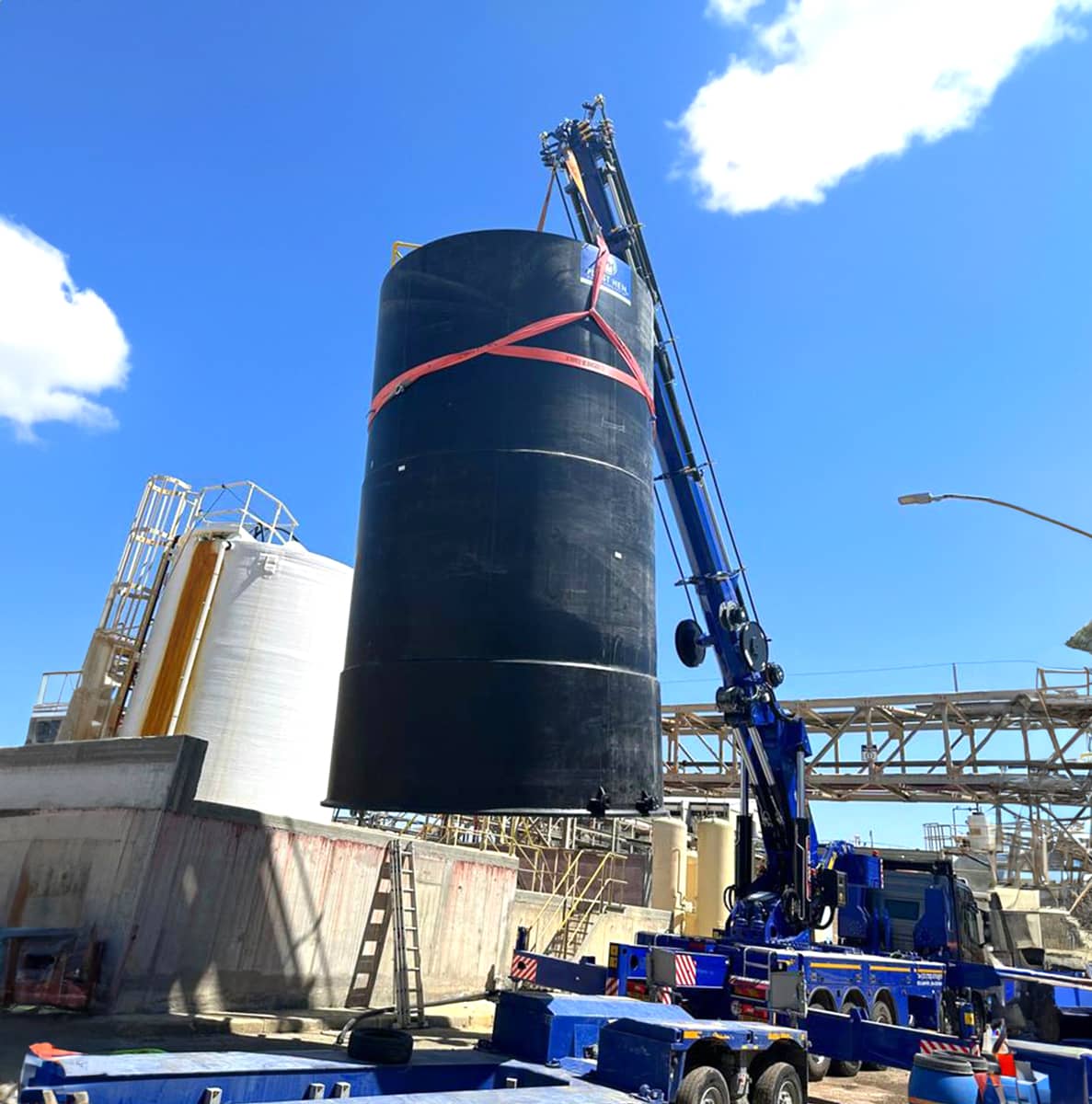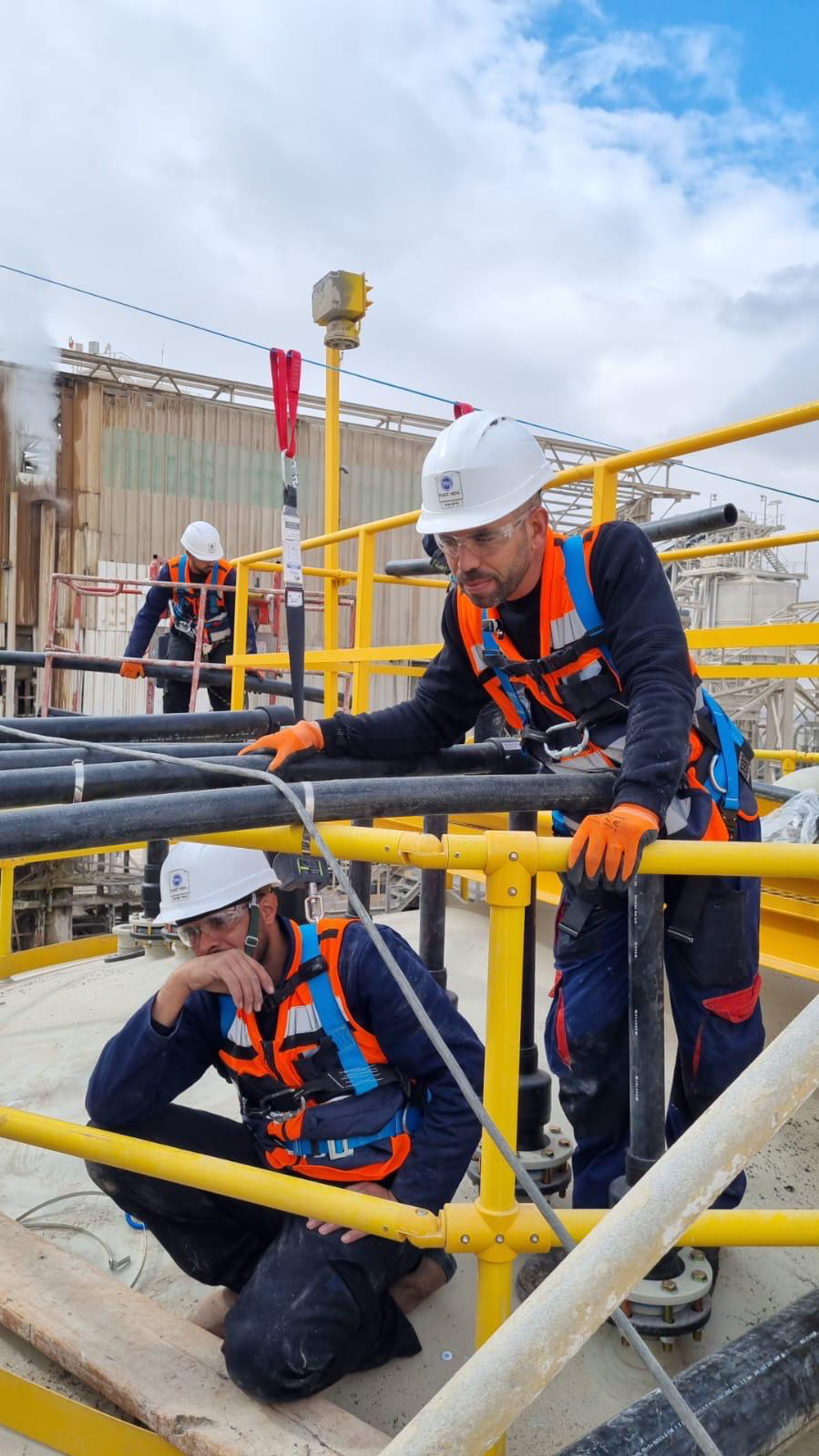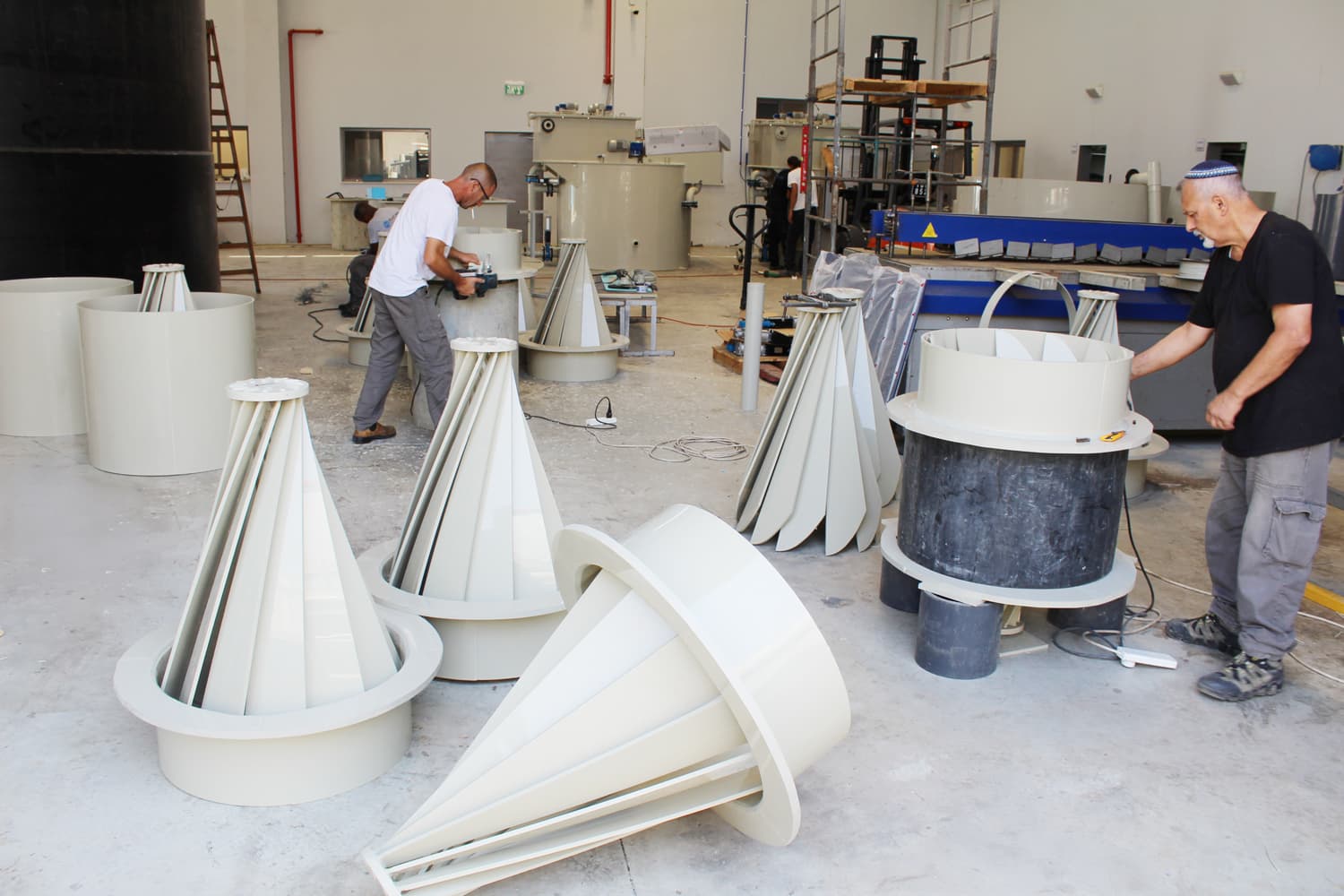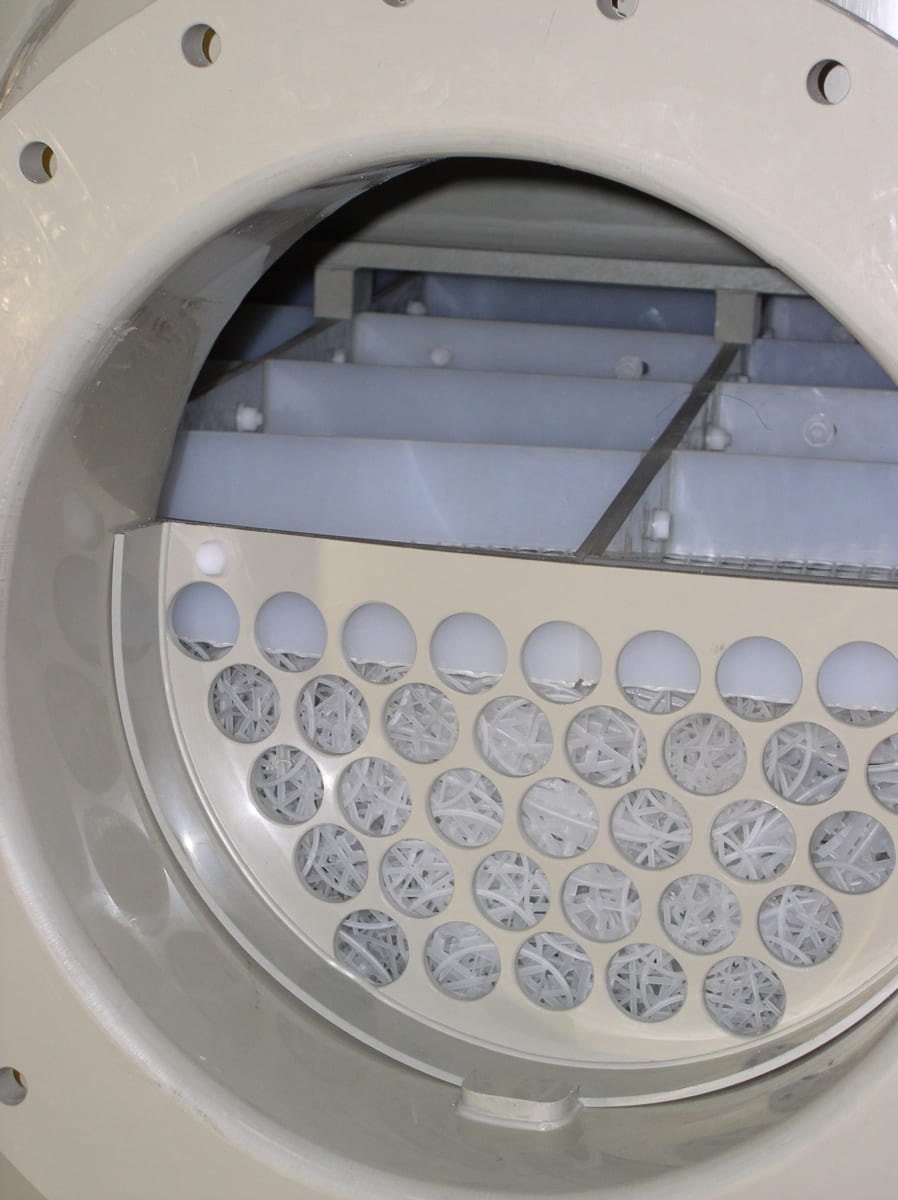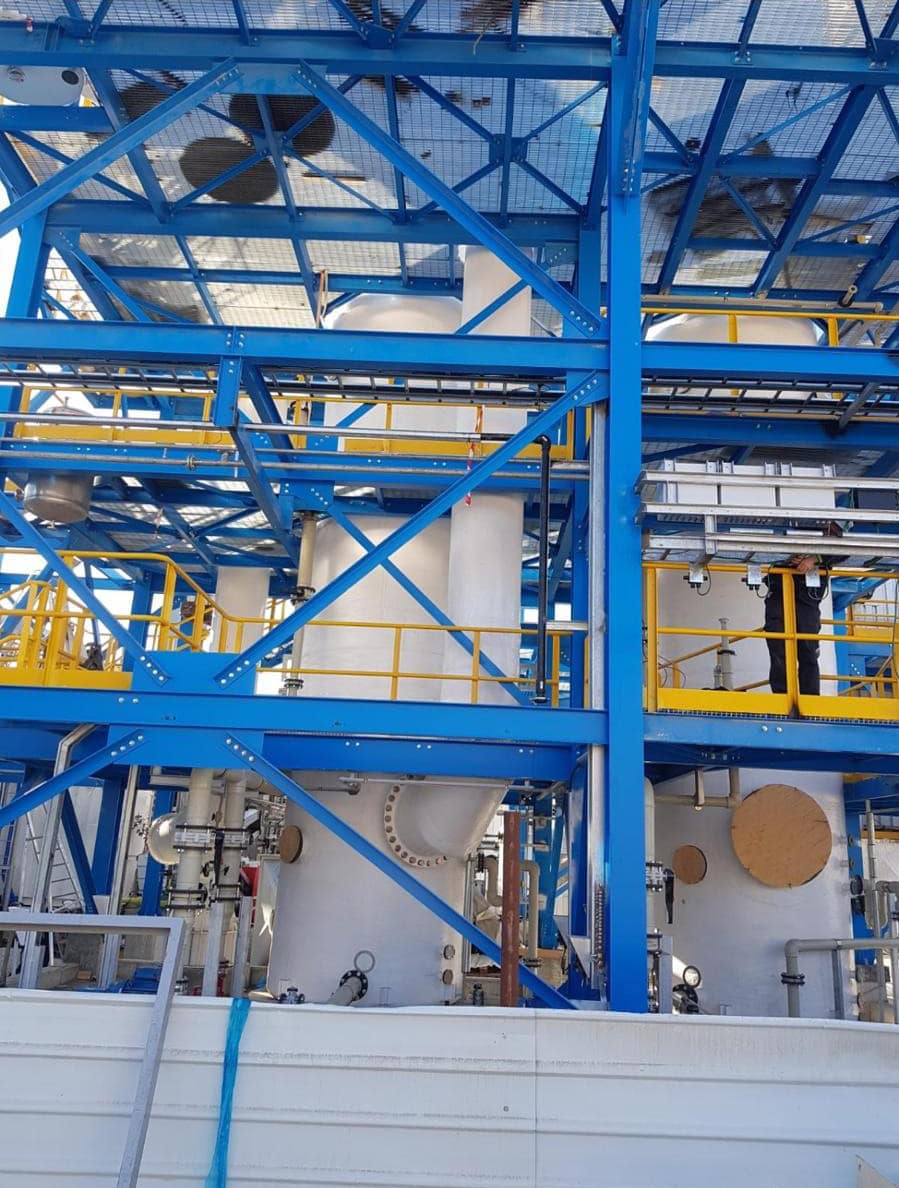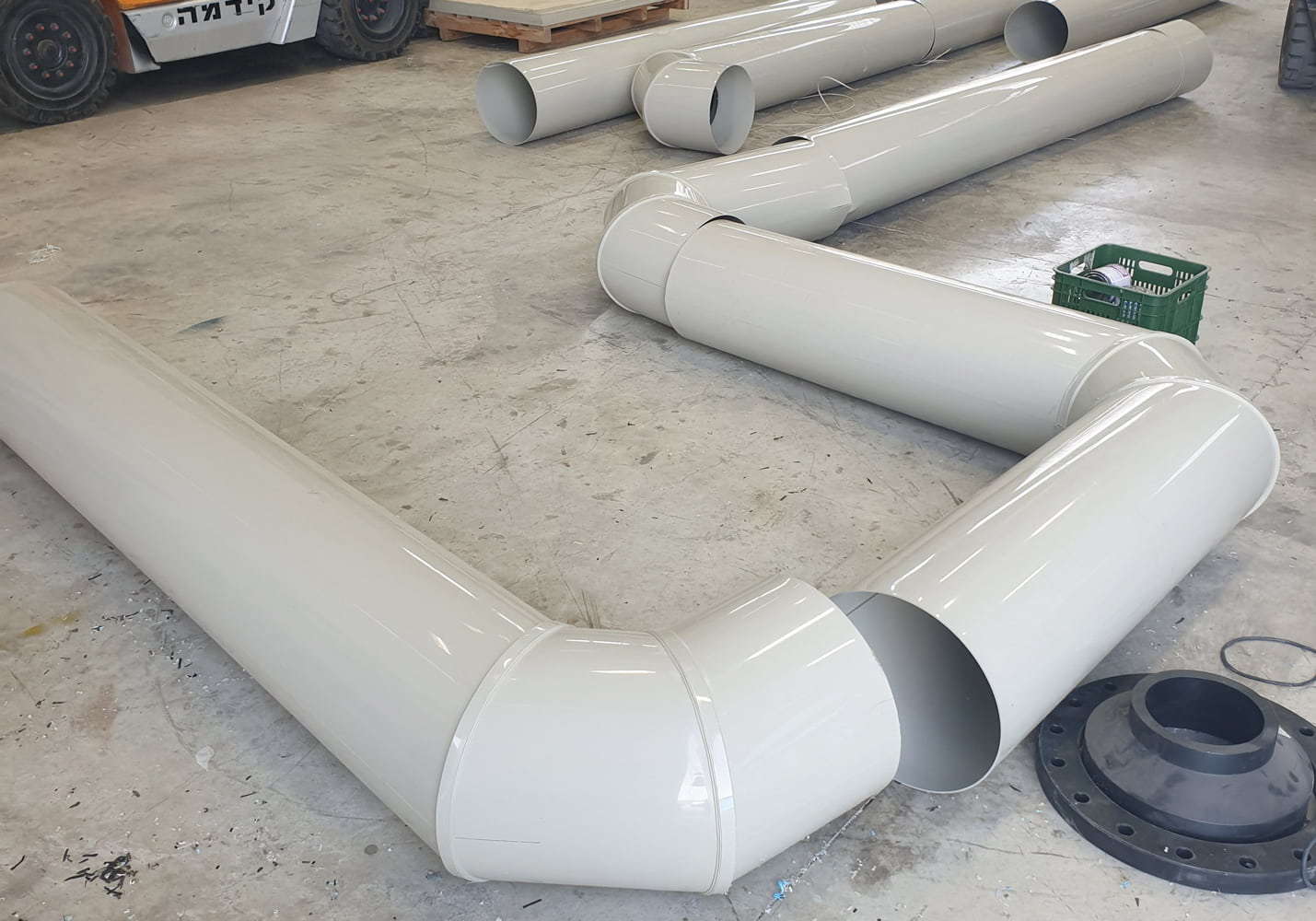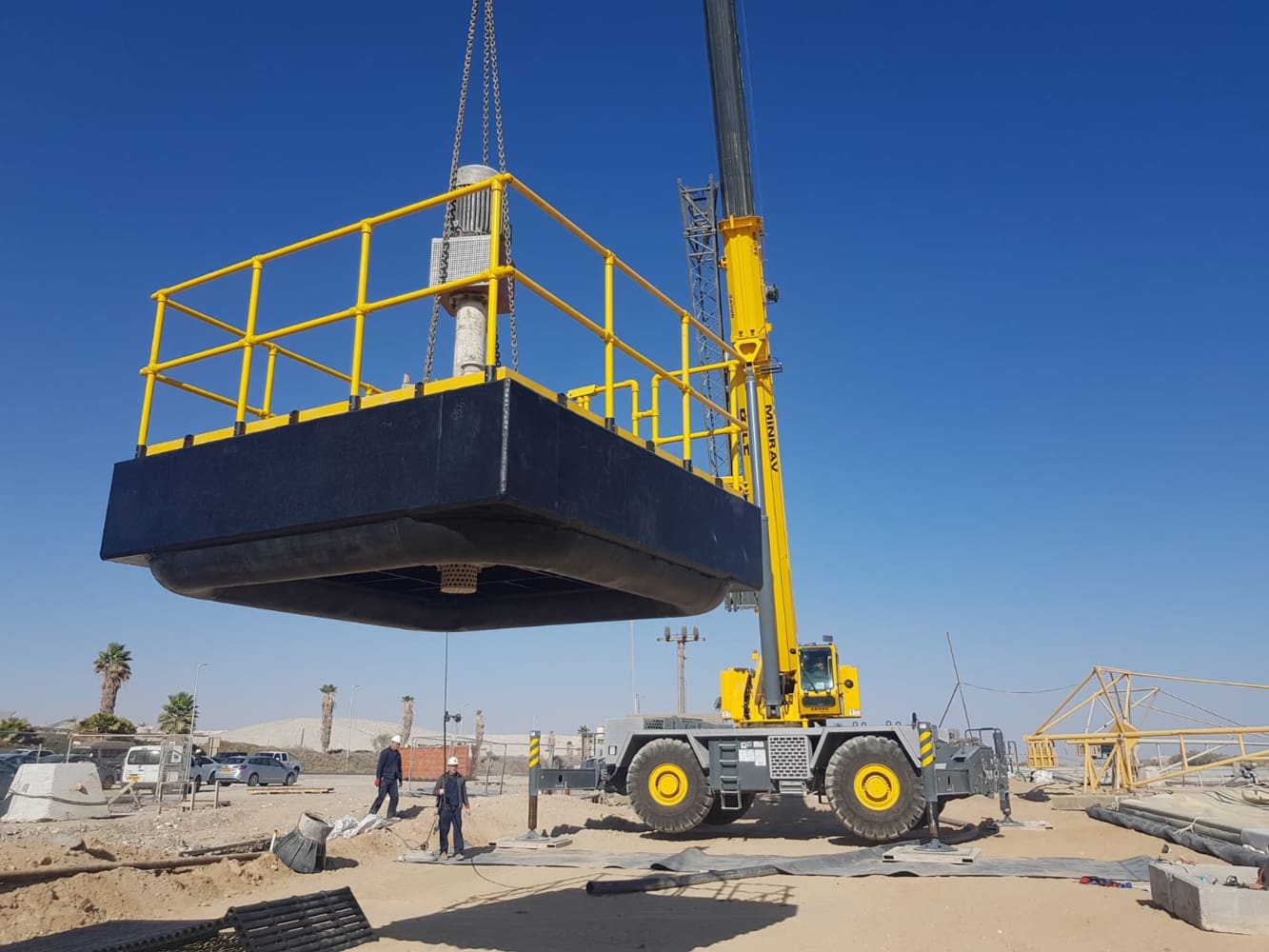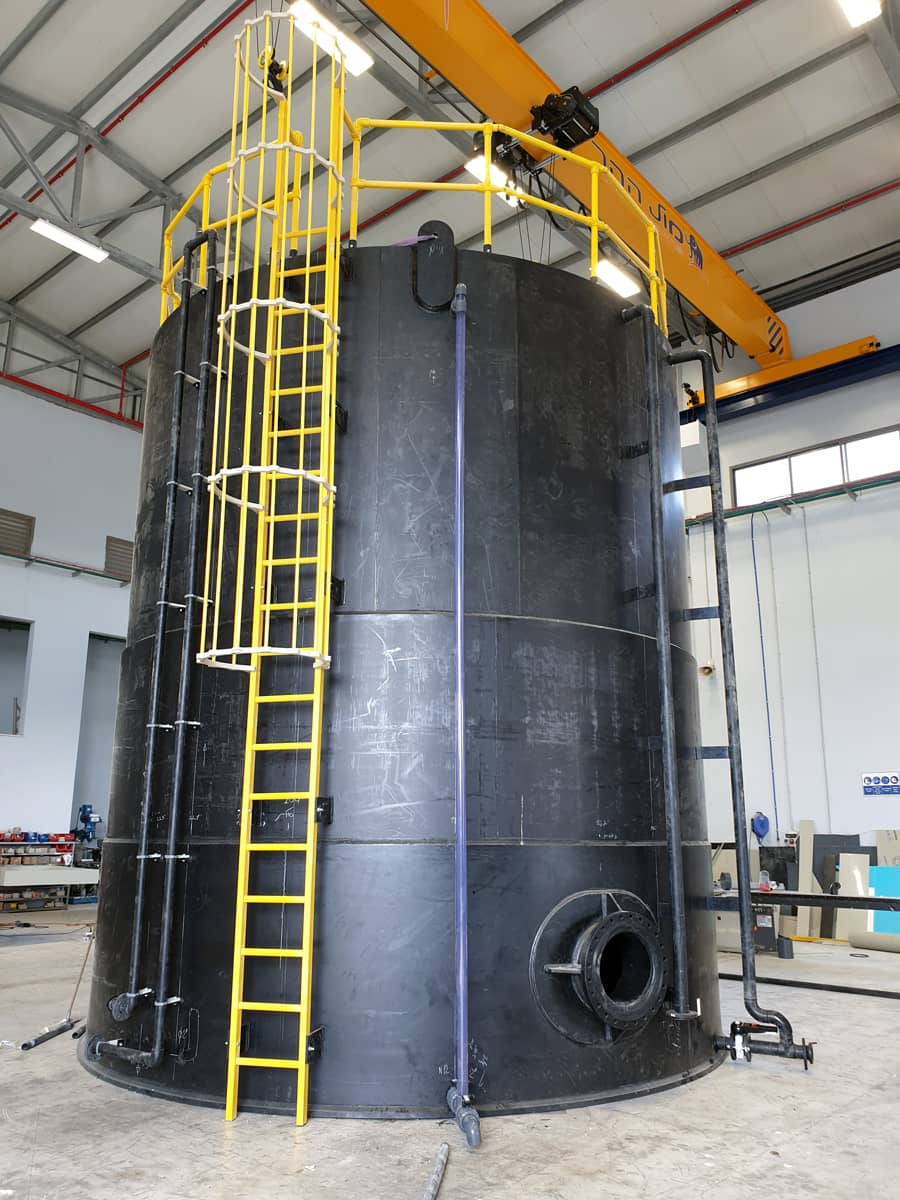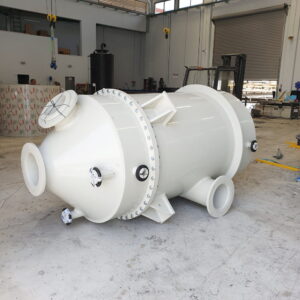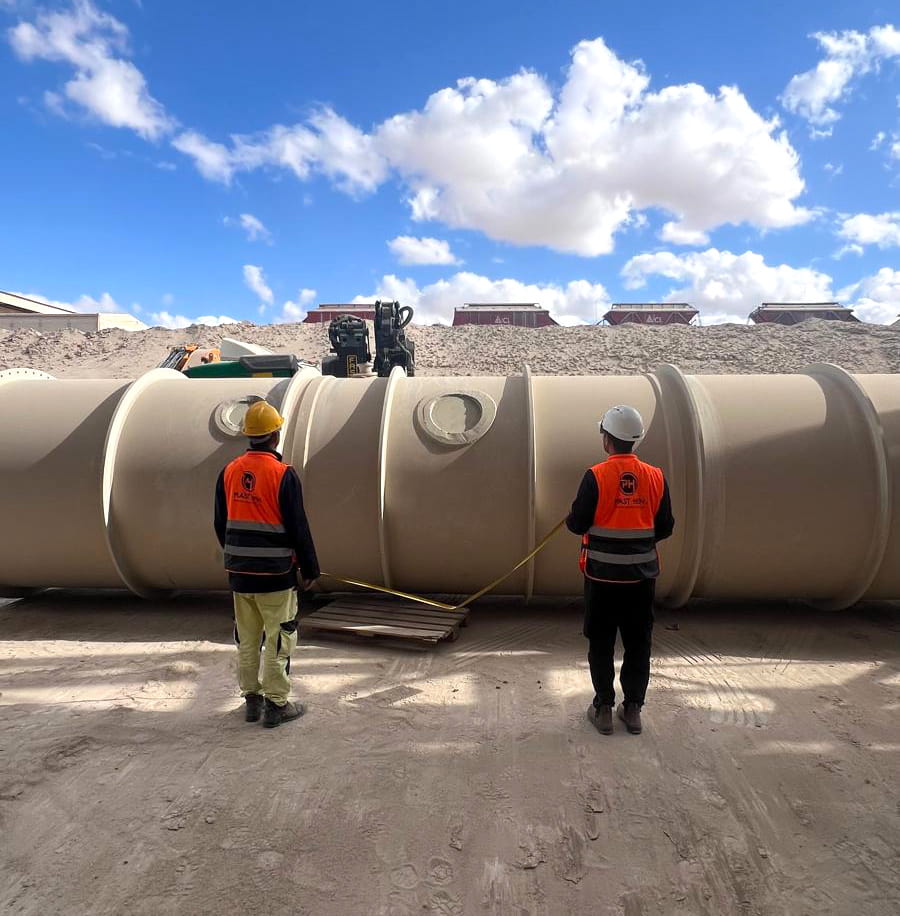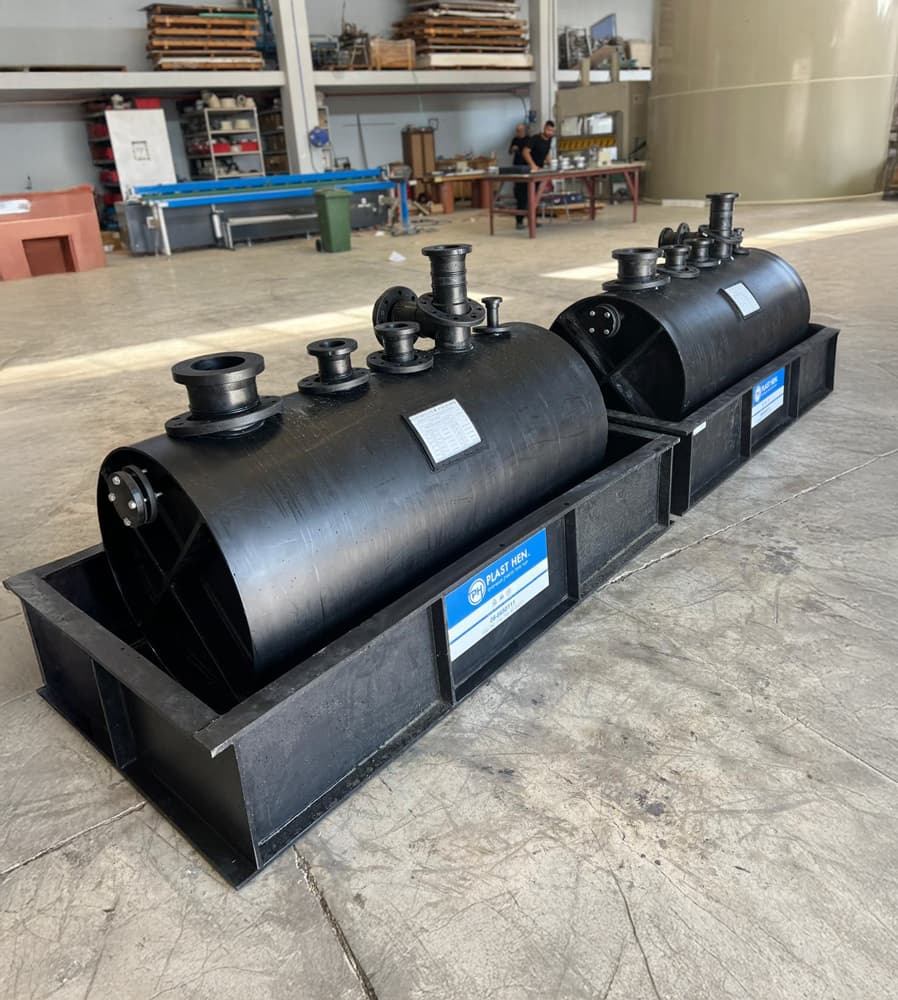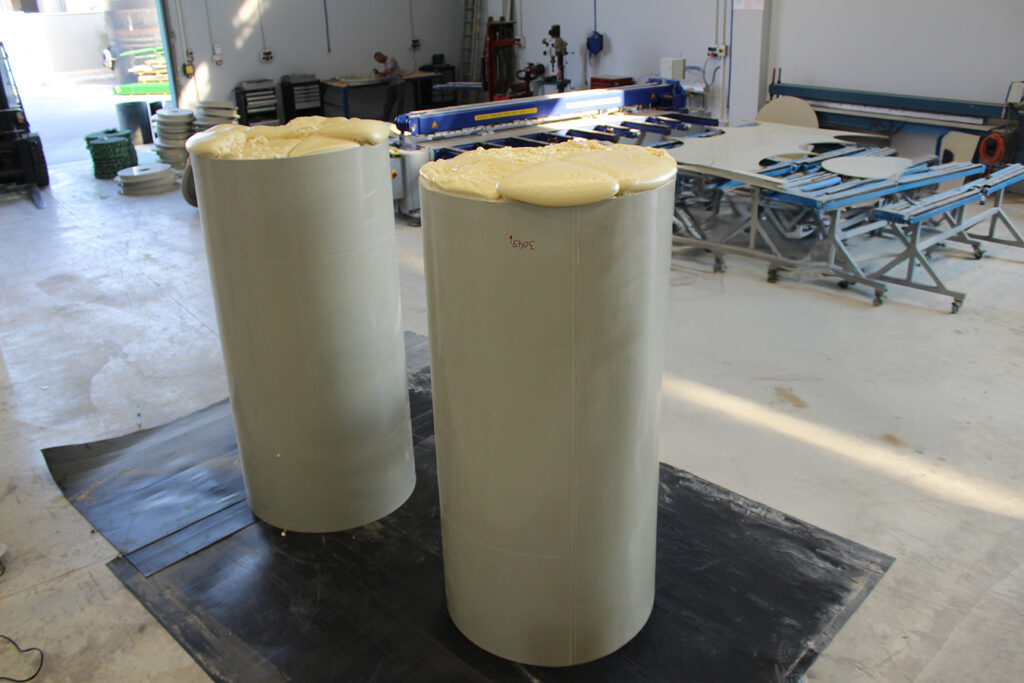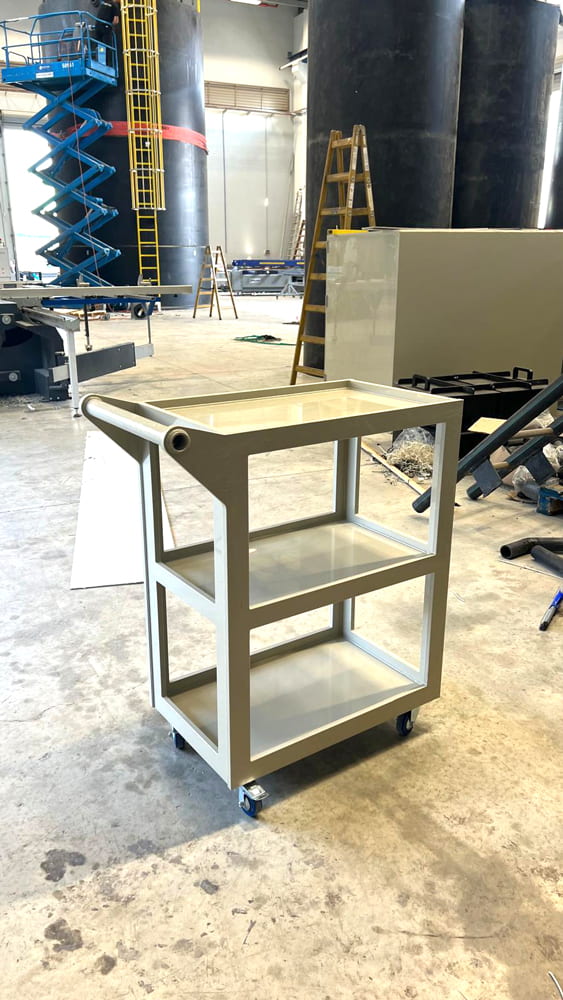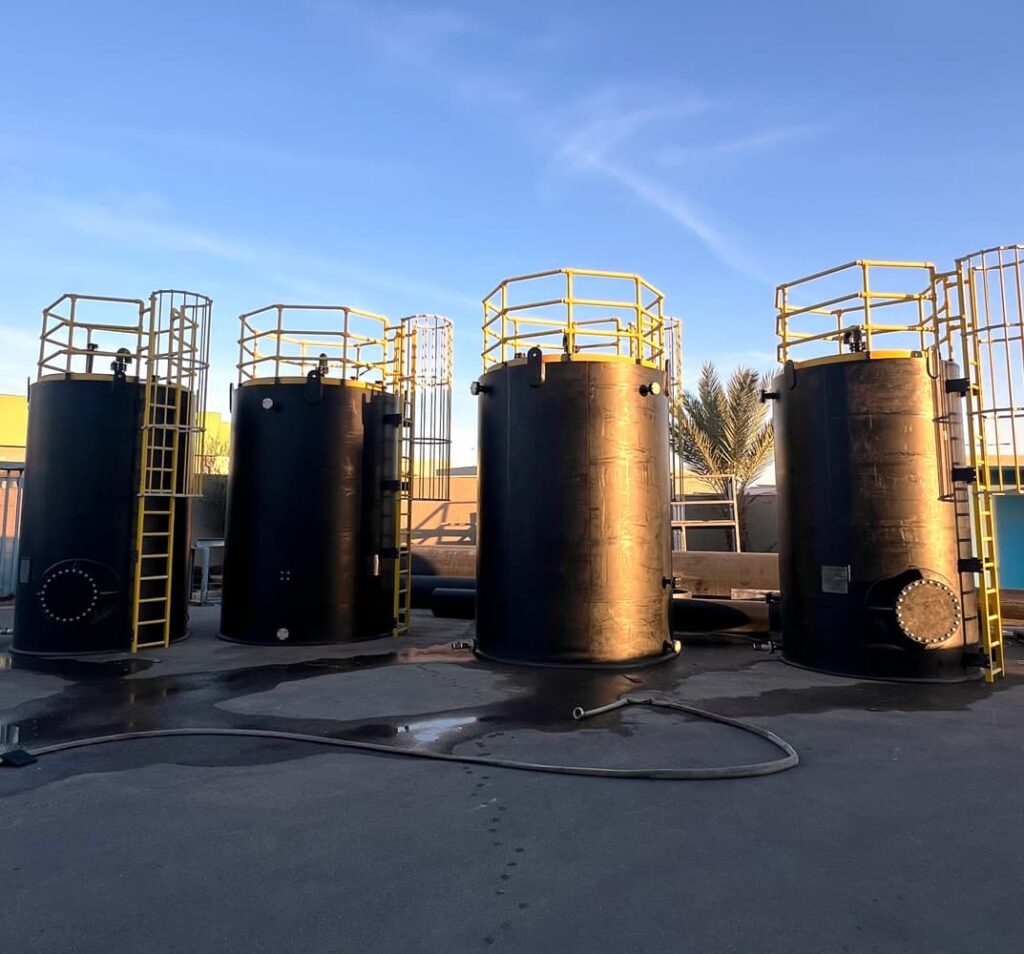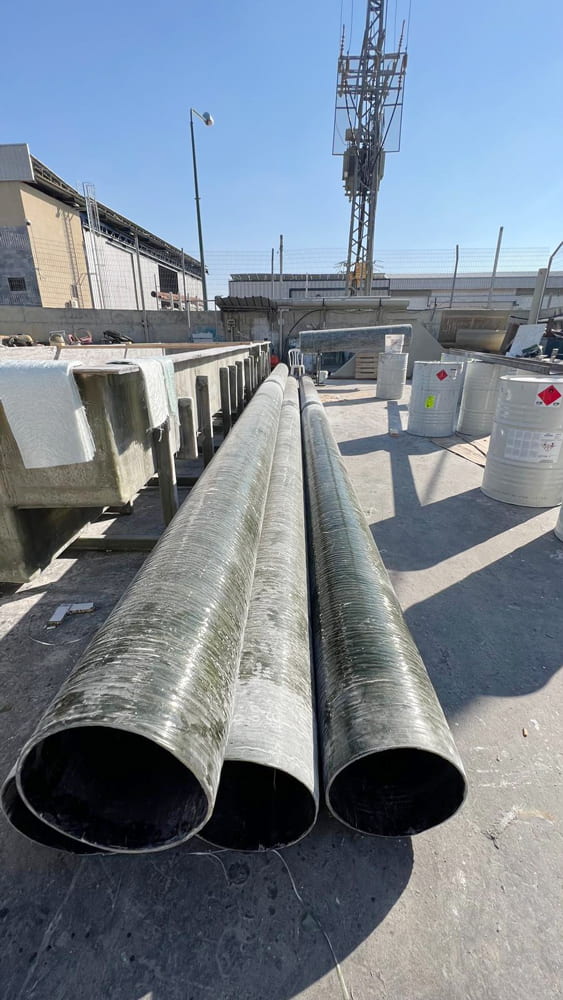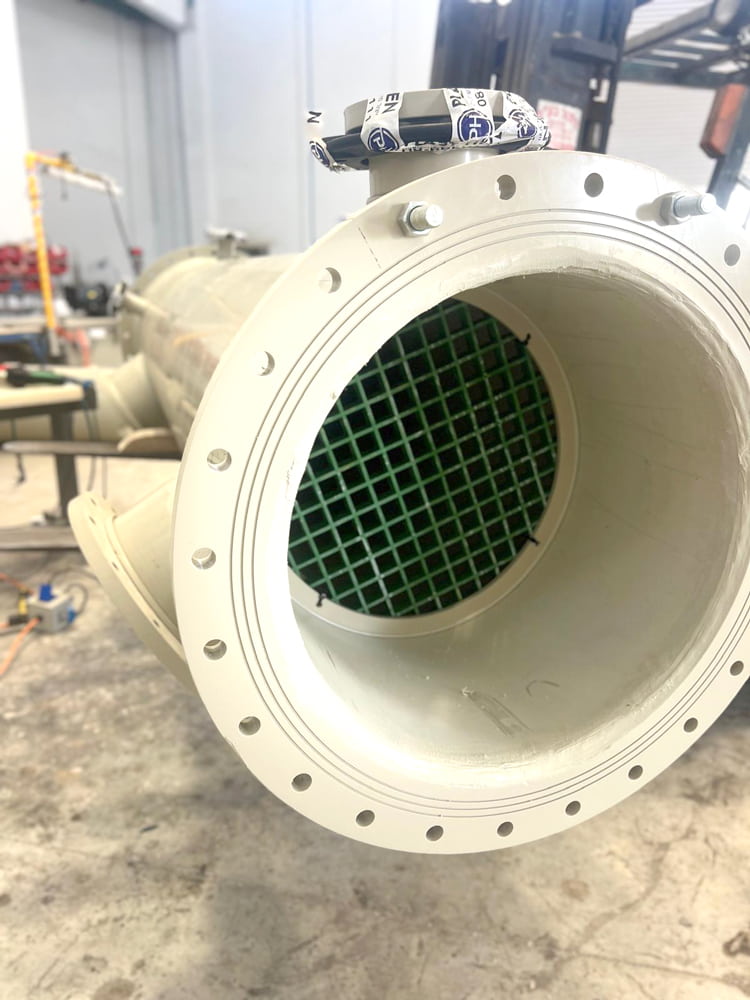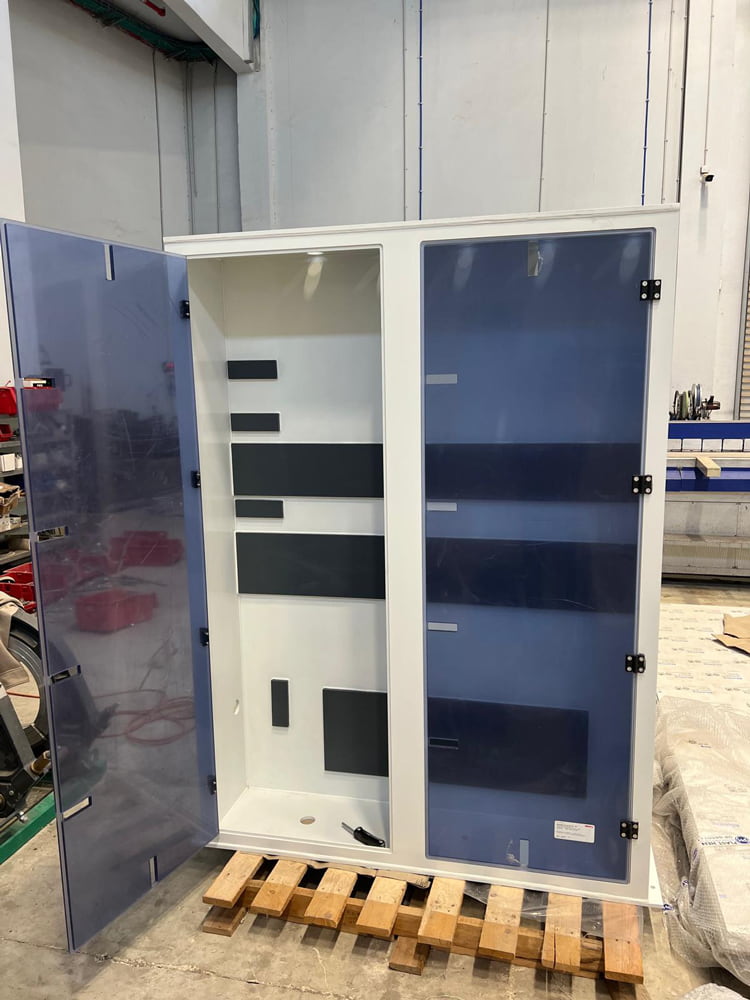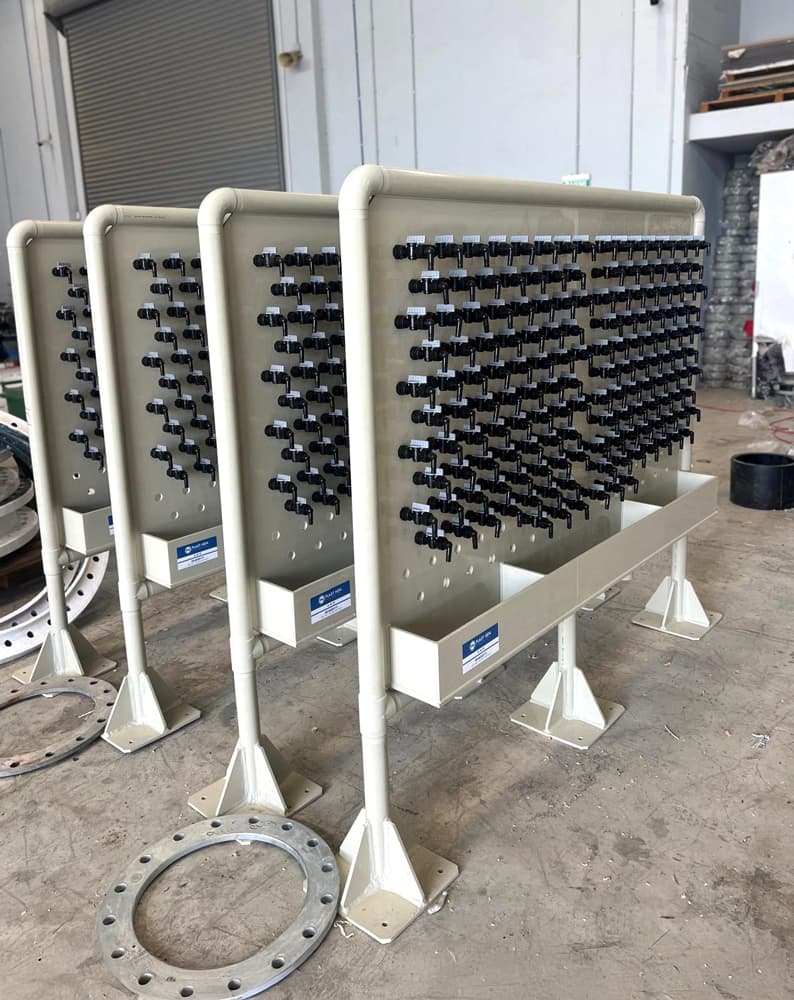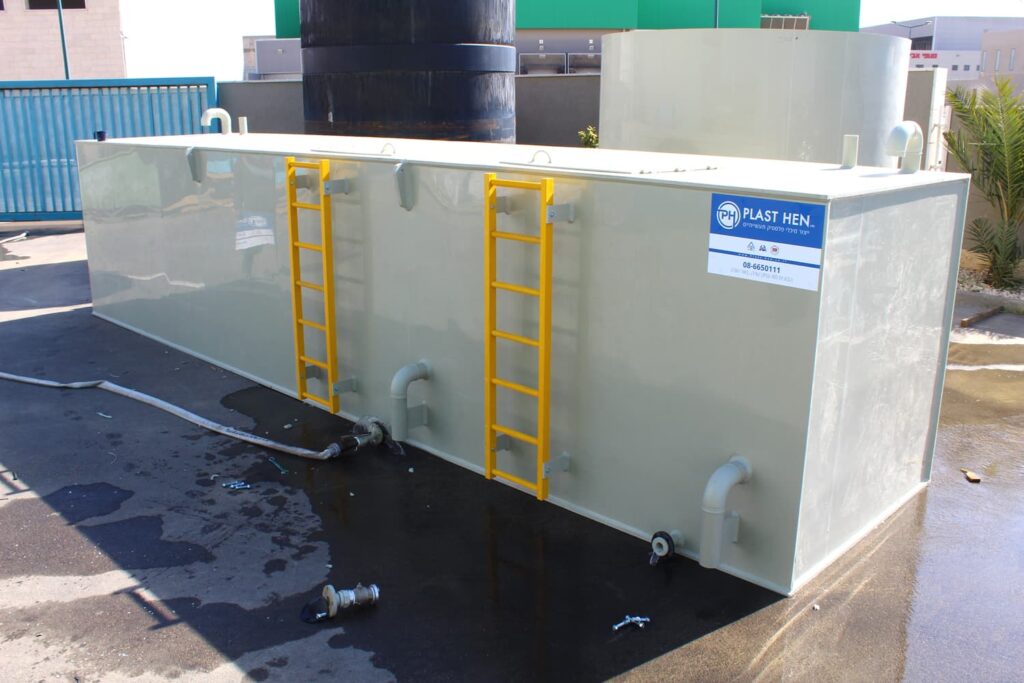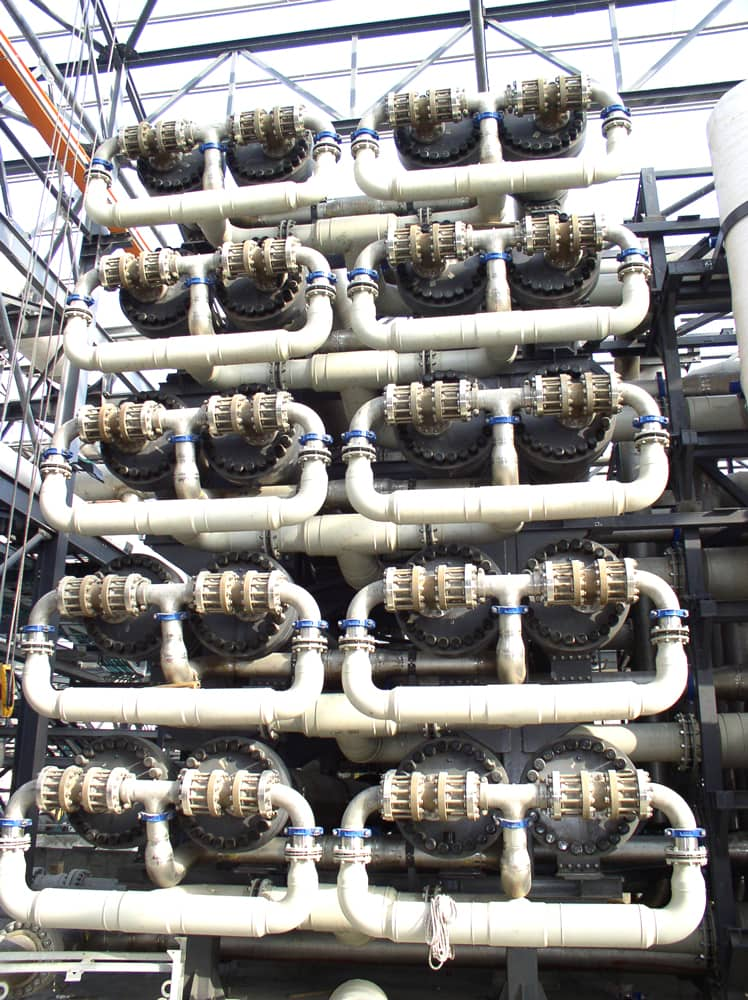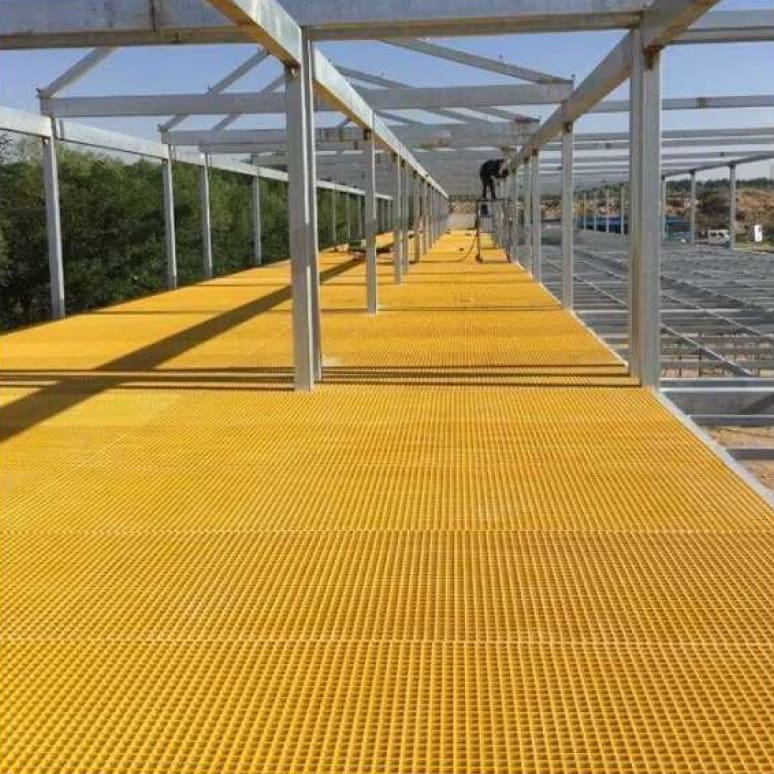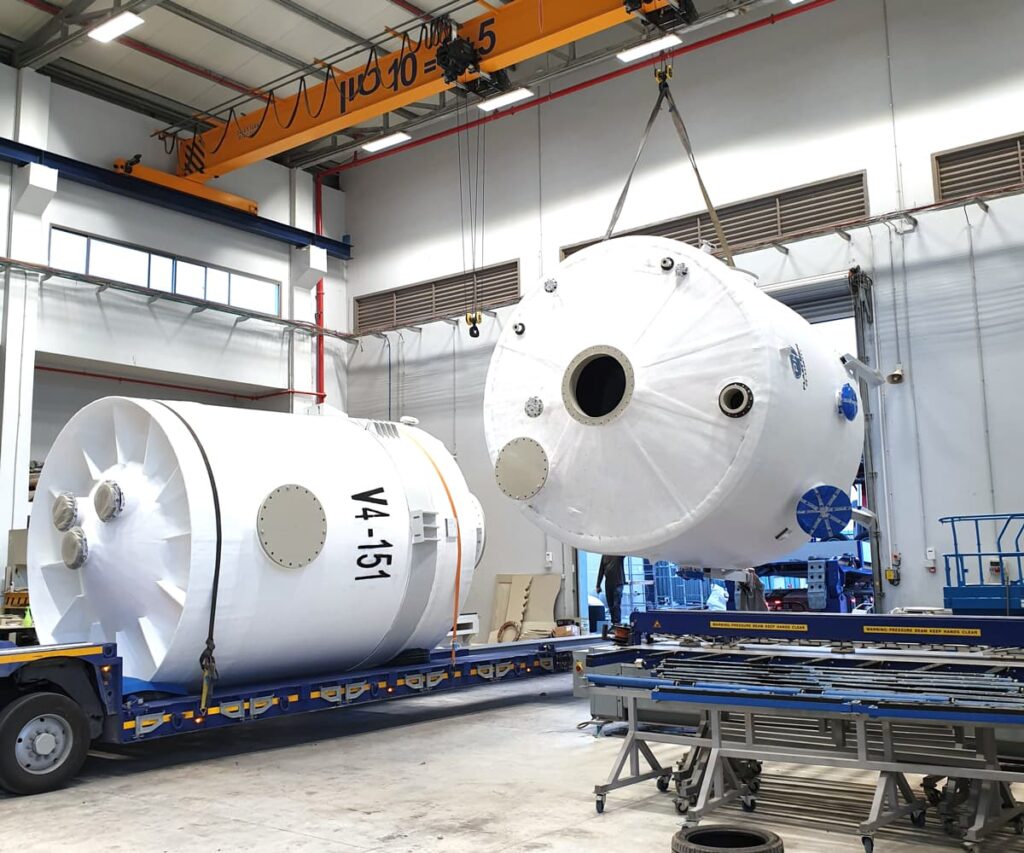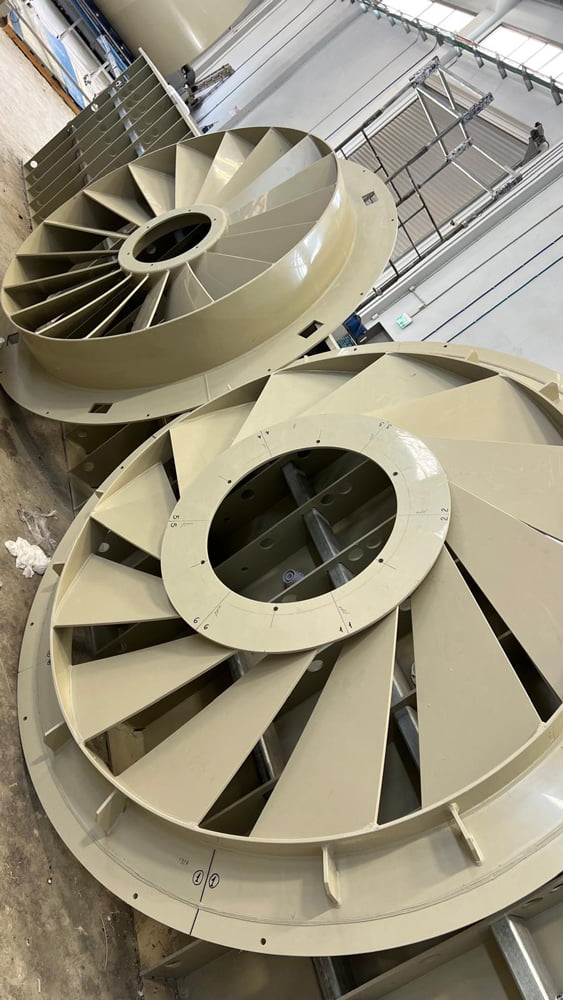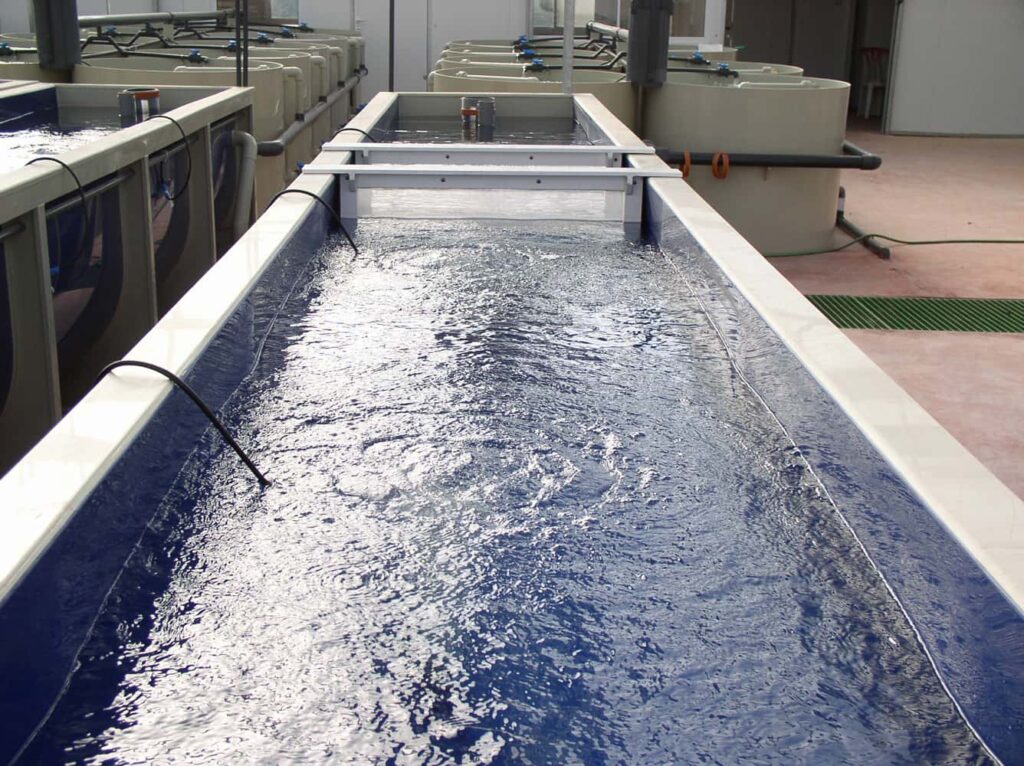Introduction
Polyvinyl Chloride (PVC) piping is one of the most widely used piping systems worldwide. It is lightweight, low-cost, easy to install, and provides reliable service in water supply, sewage, and drainage applications. However, engineers must be aware of its limitations: sensitivity to higher temperatures, UV degradation, and poor resistance to many organic solvents.
This guide provides detailed technical information on PVC pipes, including mechanical properties, pressure ratings, derating factors at elevated temperatures, chemical resistance, installation guidelines, and a comparison with other piping materials.
Basic Technical Properties
| Parameter | Typical Value | Units |
|---|---|---|
| Density | 1.38-1.45 | g/cm³ |
| Tensile Strength | 45-55 | MPa |
| Linear Thermal Expansion (α) | 0.06-0.08 | mm/m·K |
| Continuous Service Temperature | up to 45-50 | °C |
| Short-Term Exposure (no pressure) | up to ~60 | °C |
PVC offers good mechanical rigidity, which makes it suitable for underground installations, but its operating temperature is limited compared to PP, HDPE, or PVDF.
Pressure Ratings (PN) and Dimensions
PVC pipes are produced in various pressure ratings, defined at 20°C.
| Outside Diameter (OD) | Wall Thickness - PN6 | Wall Thickness - PN10 | Wall Thickness - PN16 |
|---|---|---|---|
| 50 mm | 2.9 mm | 3.7 mm | 4.6 mm |
| 90 mm | 3.5 mm | 4.3 mm | 6.6 mm |
| 160 mm | 4.7 mm | 6.2 mm | 10.0 mm |
| 250 mm | 7.3 mm | 9.6 mm | 15.0 mm |
Engineers must apply derating factors when designing for service above 20°C.
Pressure Derating with Temperature
| Fluid Temp. (°C) | Derating Factor | Allowable Pressure for PN10 |
|---|---|---|
| 20 | 1.00 | 10 bar |
| 30 | 0.80 | 8 bar |
| 40 | 0.62 | 6.2 bar |
| 50 | 0.50 | 5 bar |
| 60 | 0.40 | 4 bar |
This table demonstrates why PVC is not recommended for long-term hot water service.
Chemical Resistance
| Chemical | Typical Concentration | Service Temp. | Resistance |
|---|---|---|---|
| Sulfuric Acid | 30% | up to 40°C | Good |
| Hydrochloric Acid | 37% | up to 40°C | Good |
| Caustic Soda (NaOH) | 20% | up to 50°C | Excellent |
| Free Chlorine in Water | 0.5-2 ppm | up to 25°C | Good |
| Chlorine Dioxide (ClO₂) | 0.5-1 ppm | up to 25°C | Limited |
| Gasoline / Organic Solvents | - | Room Temp. | Not Suitable |
PVC should not be used with aromatic or chlorinated solvents, as these can cause stress cracking.
uPVC vs. cPVC
- uPVC (Unplasticized PVC) - Rigid, widely used in cold water, sewage, and drainage systems.
- cPVC (Chlorinated PVC) - Offers better thermal resistance, suitable up to 80-90°C, often used in hot water and fire protection systems.
Engineers must select the correct PVC type depending on temperature requirements.
Installation and Joining
PVC pipes are typically joined using solvent cement or threaded fittings. Unlike PP or HDPE, PVC is not heat-welded.
For underground installation:
- Avoid direct UV exposure (burial or protective coating is recommended).
- Use sand bedding to distribute external loads.
- Perform hydrostatic pressure testing according to standards.
Industrial Applications
- Potable cold water distribution (medium diameters).
- Municipal sewage and drainage systems.
- Stormwater management.
- Agricultural irrigation under low pressure.
In outdoor exposed systems, engineers should specify protective coatings or burial to avoid UV degradation.
Key Advantages
PVC continues to be preferred because of:
- Very low cost compared to alternatives.
- Simple installation using solvent cement.
- Good stiffness for underground applications.
- Wide availability in multiple diameters and pressure classes.
Comparative Overview of Industrial Piping Materials
| Parameter | PP (Polypropylene) | PVC (Polyvinyl Chloride) | HDPE (High-Density Polyethylene) | PVDF (Polyvinylidene Fluoride) | Metal (Stainless Steel / Coated Steel) |
|---|---|---|---|---|---|
| Continuous Temp. Range | 0-90°C | 0-45/50°C (uPVC), up to 80-90°C (cPVC) | -20-60°C | -40-140°C | Up to 200°C+ |
| Chemical Resistance | Excellent to acids/bases | Good, limited to some chemicals | Very good, weaker to strong acids | Excellent, broad spectrum | Good, but prone to corrosion |
| Mechanical Strength | Medium | High rigidity, brittle at low temps | High toughness, flexible | Very high | Very high |
| Weight | Light | Light | Very light | Medium | Heavy |
| Installation | Welding (butt/electrofusion), threaded | Solvent cement, threaded | Welding (butt/electrofusion), threaded | Advanced welding & fittings | Complex, requires metal welding |
| Cost | Low | Very low | Low | High | Very high |
| Service Life | 25-30 years | 40-50 years (proper burial) | 50-100+ years (buried, PE100) | 30+ years | 30+ years (with maintenance) |
| UV Resistance | Moderate (protection needed) | Poor (requires protection) | Poor (requires stabilizers/coating) | Good | Good |
Engineering Insights
- PP - Balanced choice for industrial chemical systems with moderate thermal demands.
- PVC - Best for low-cost water, sewage, and drainage under moderate conditions.
- HDPE - Ideal for buried long-distance pipelines and dynamic flow systems.
- PVDF - Premium choice for high-temperature and highly aggressive chemical environments.
- Metal - Superior strength and temperature tolerance but prone to corrosion and expensive to install/maintain.
Conclusion
PVC piping is a cost-effective and widely available solution, especially for water, sewage, and drainage applications. Its strengths are affordability, rigidity, and ease of installation, while its weaknesses are limited thermal performance and UV resistance.
By selecting the appropriate type (uPVC or cPVC), applying correct derating, and following installation best practices, engineers can design PVC systems that last decades and deliver reliable performance.
